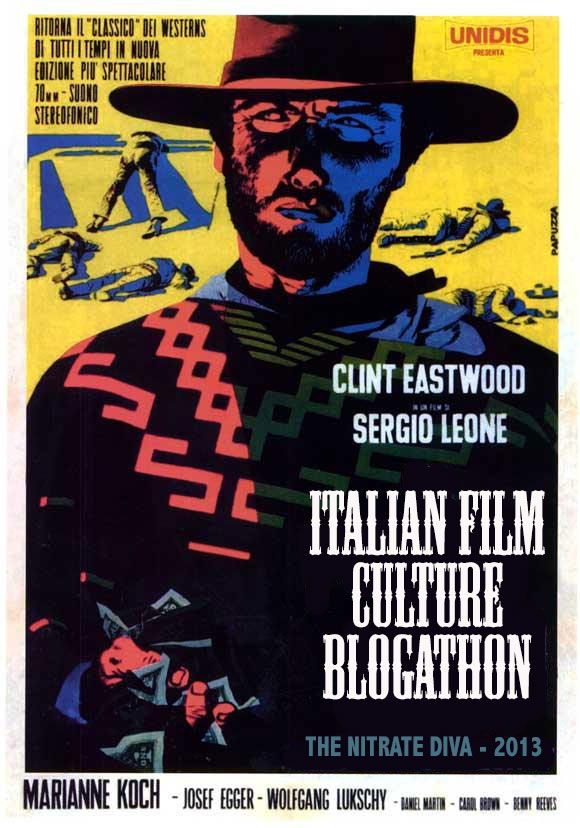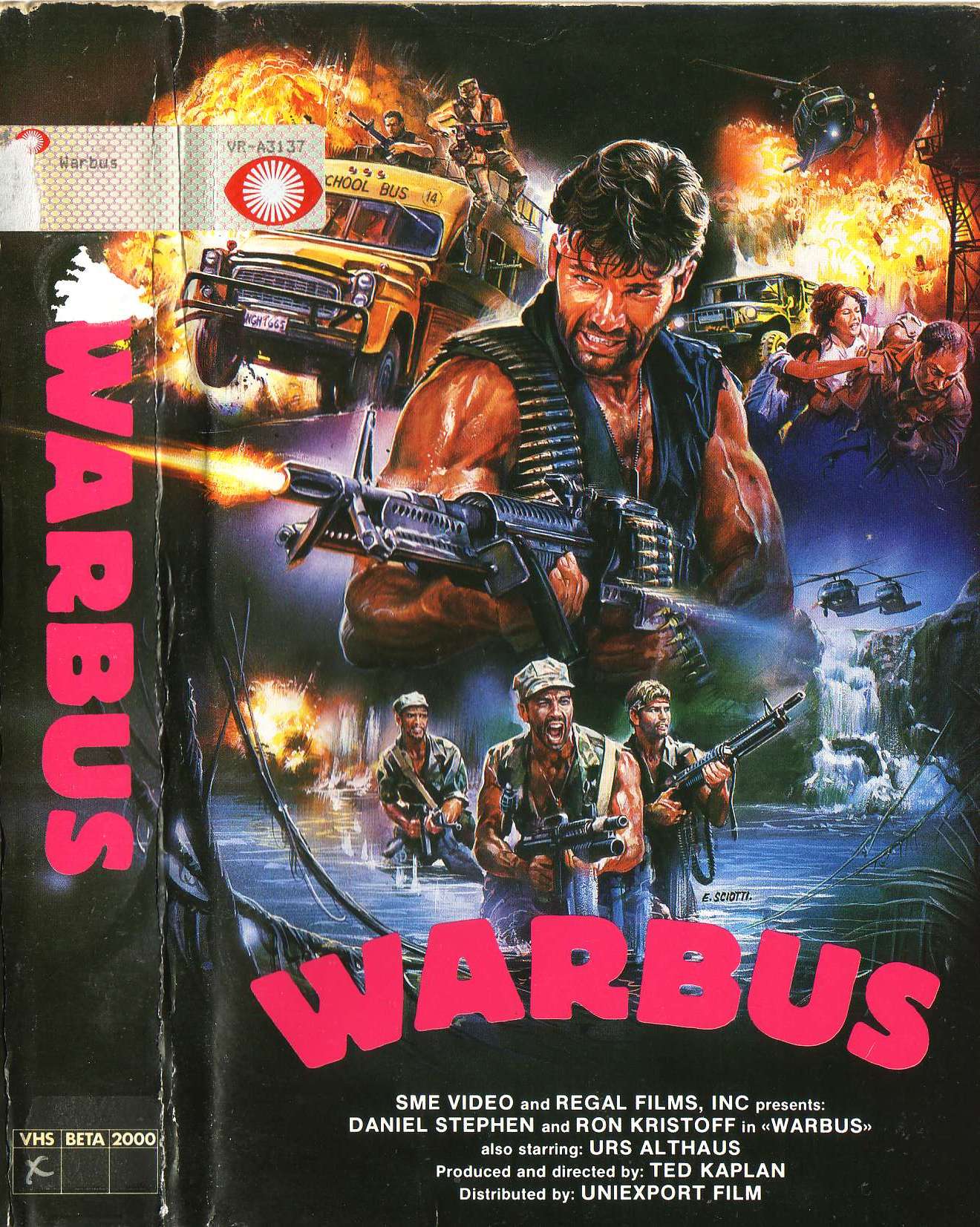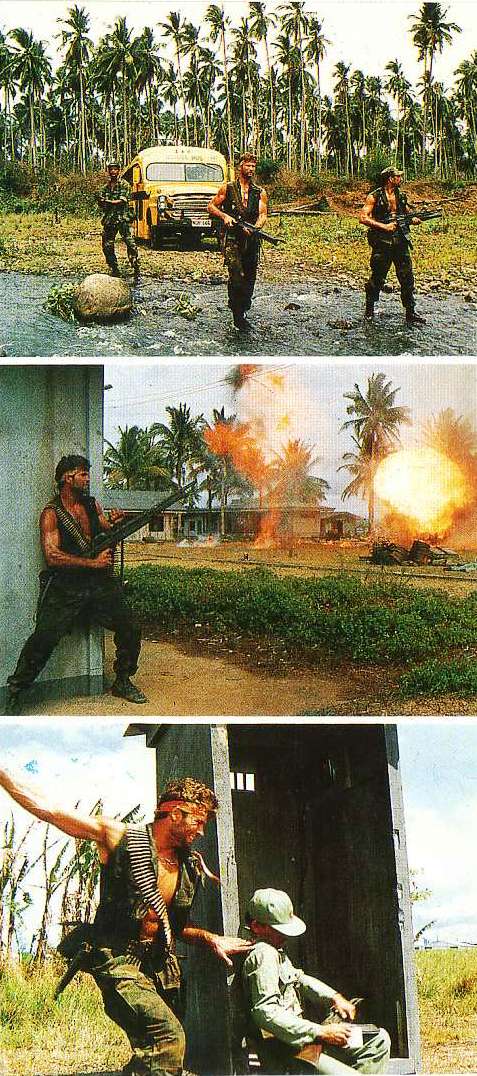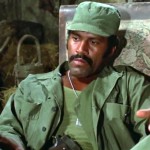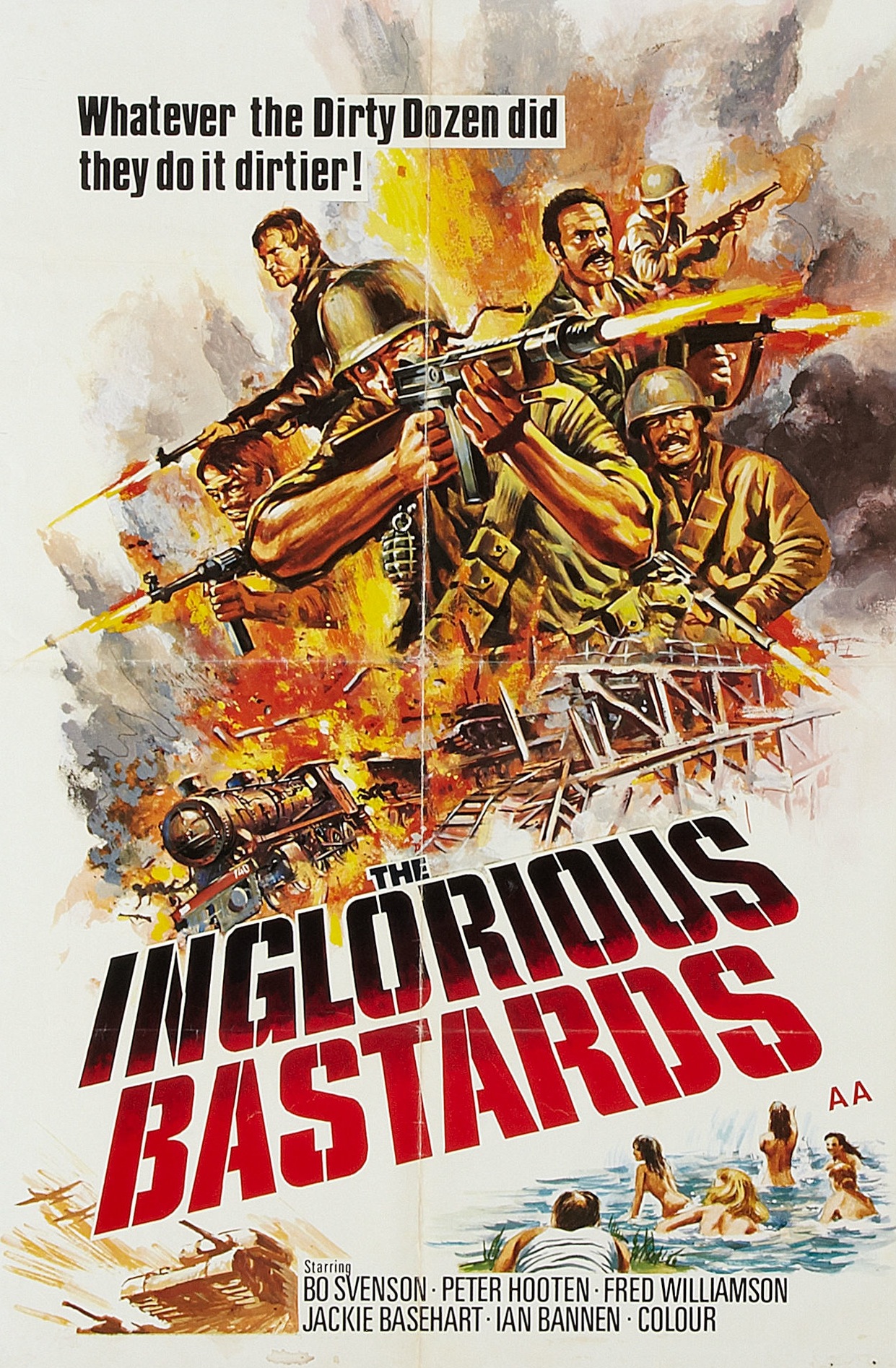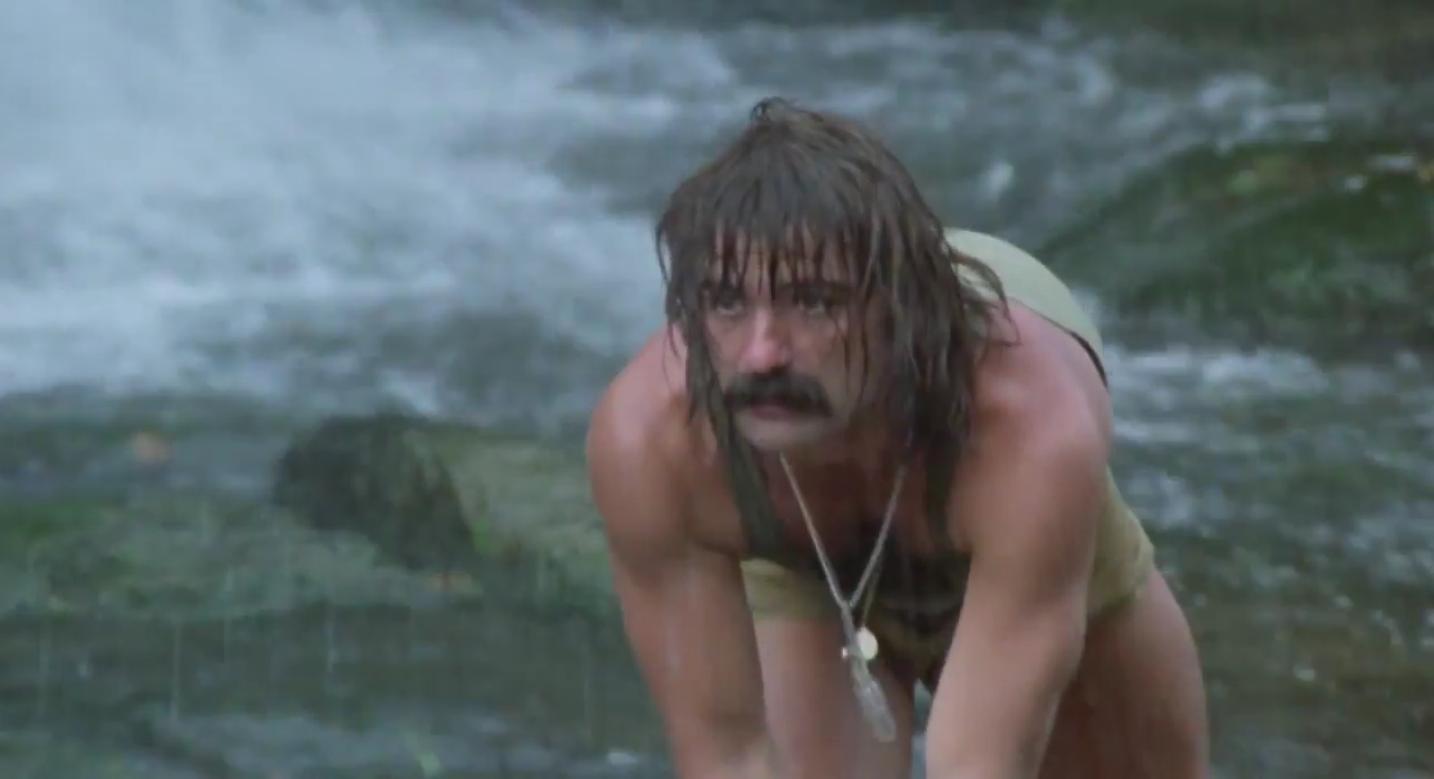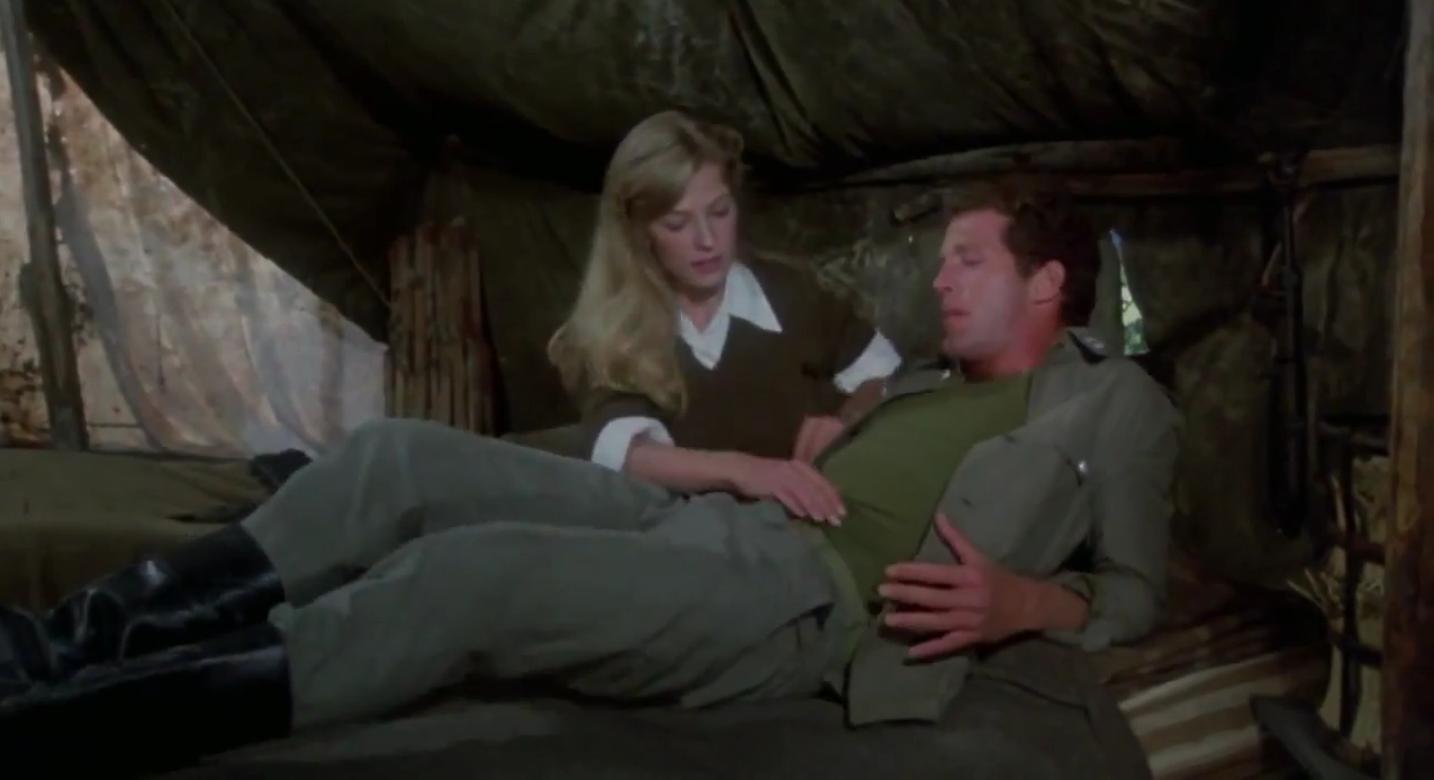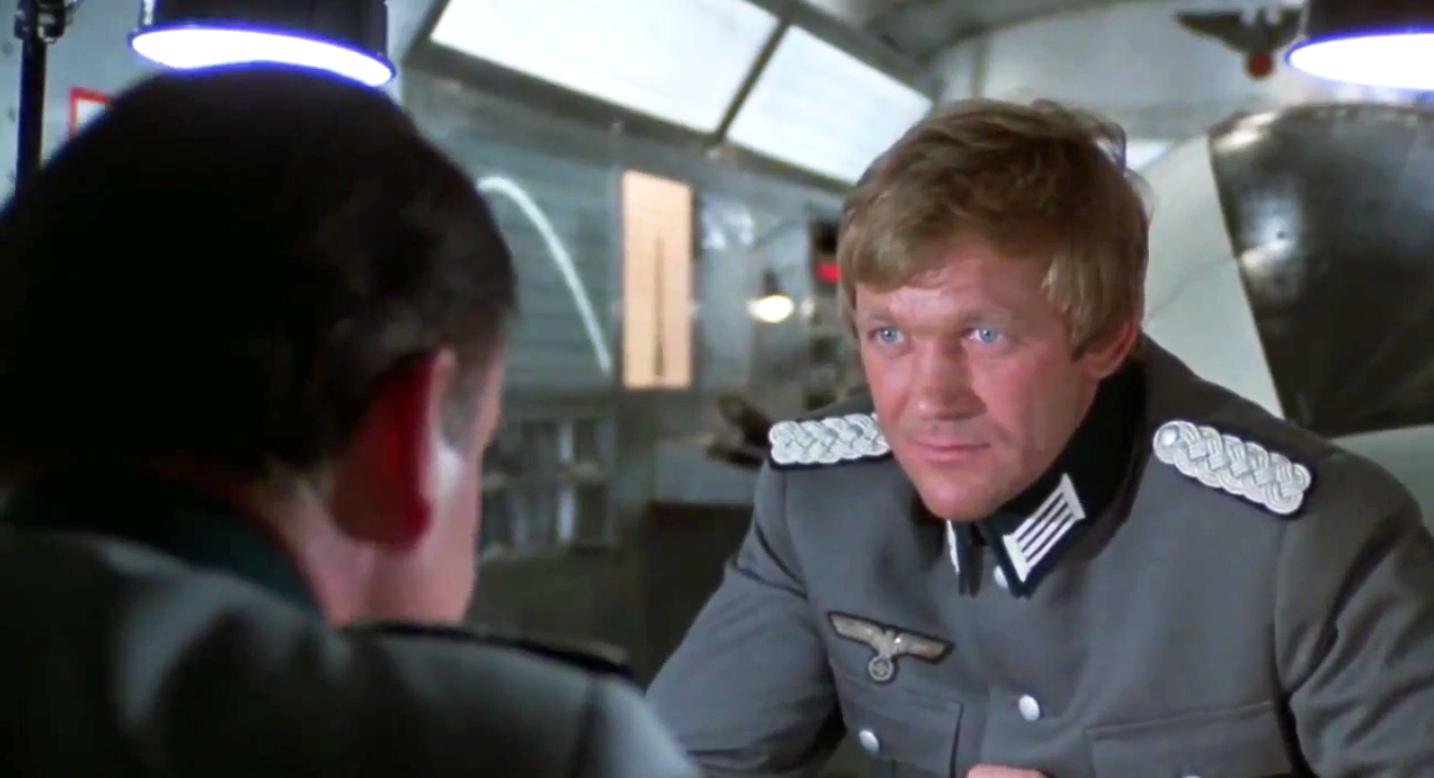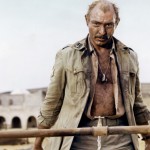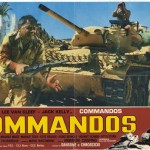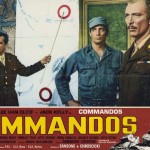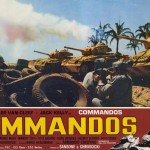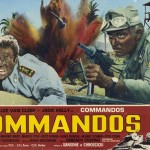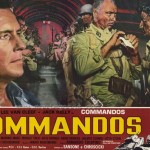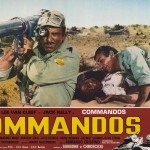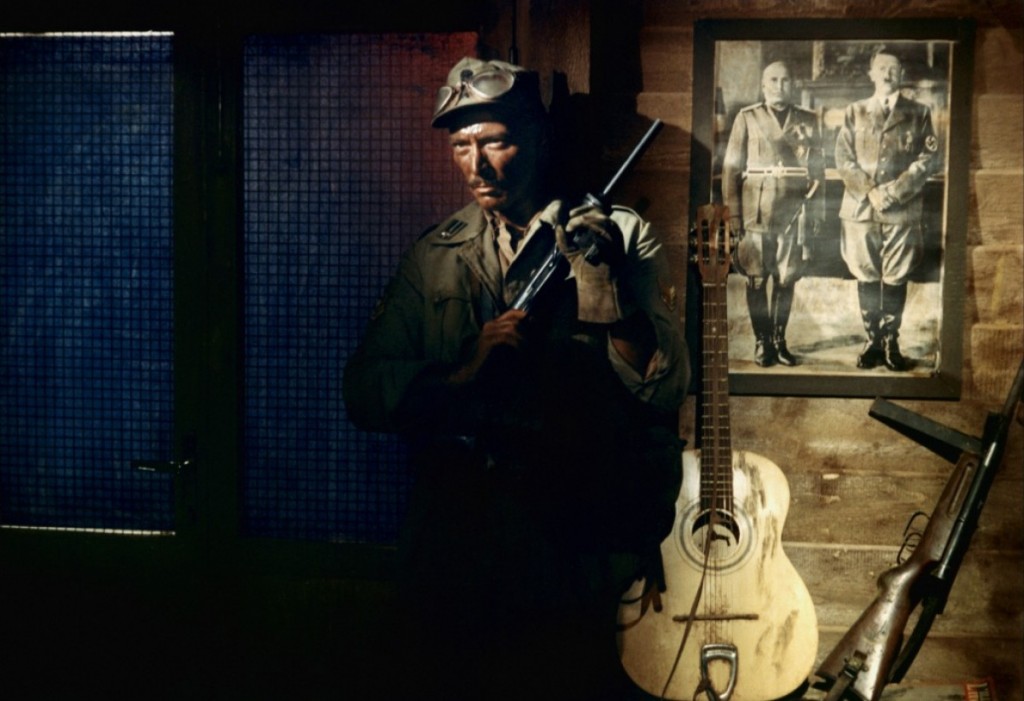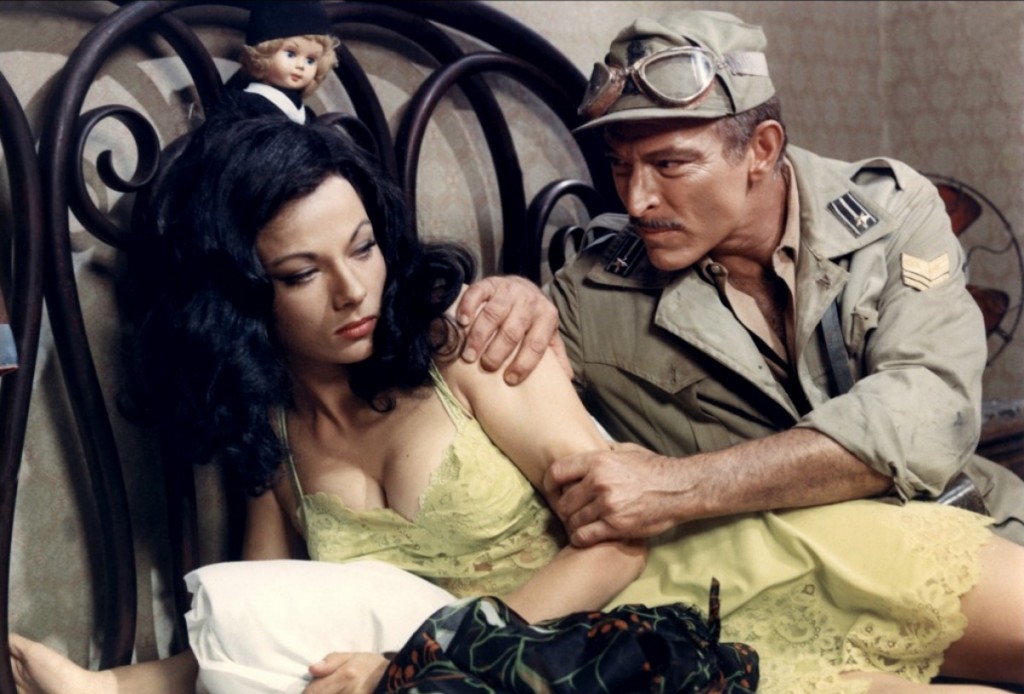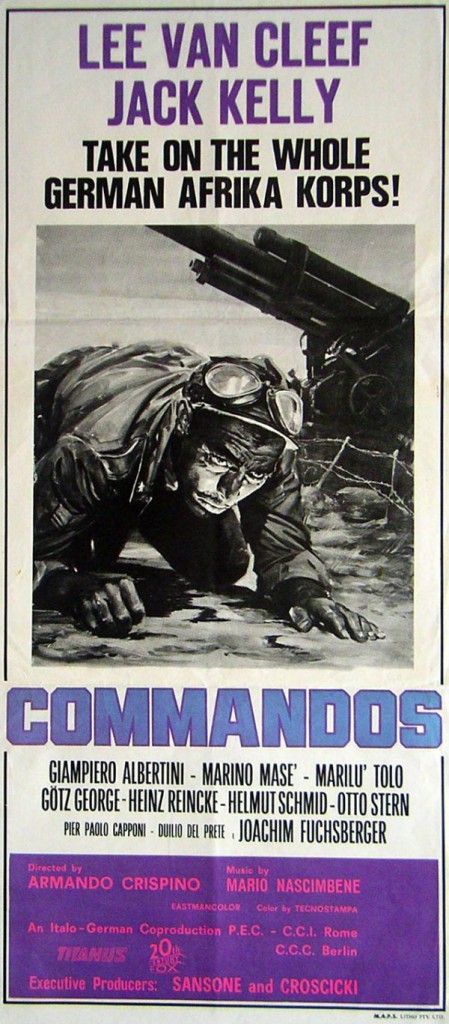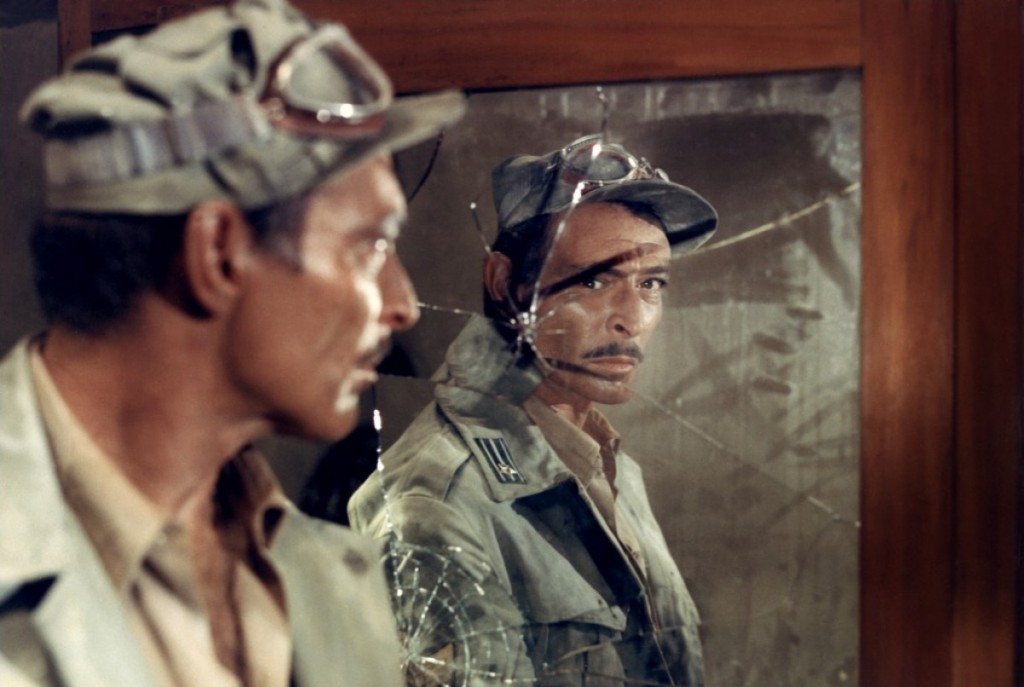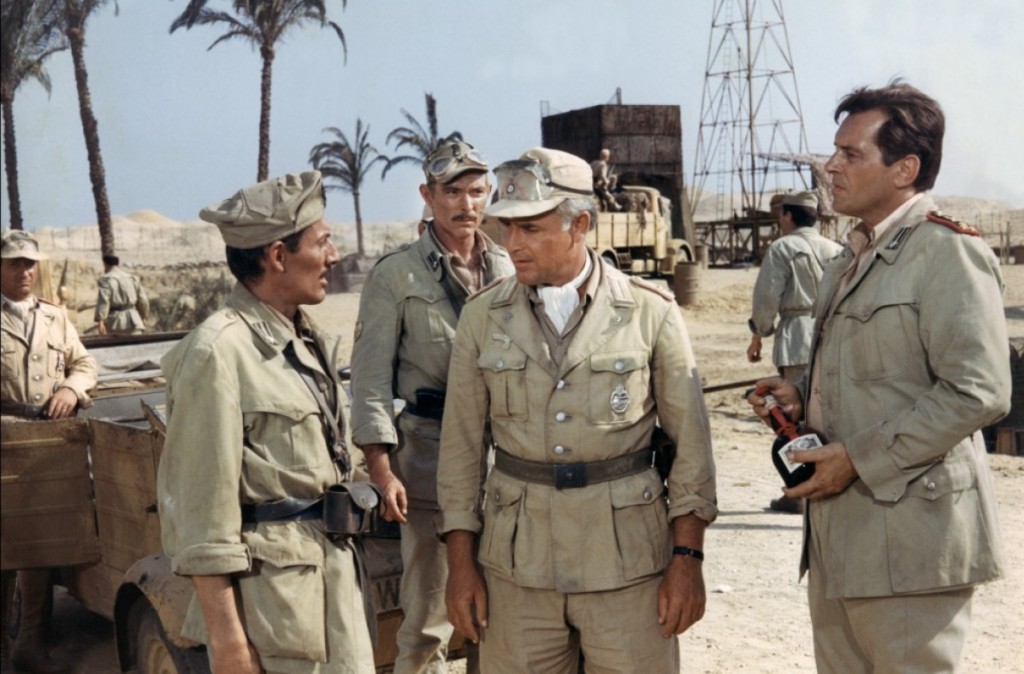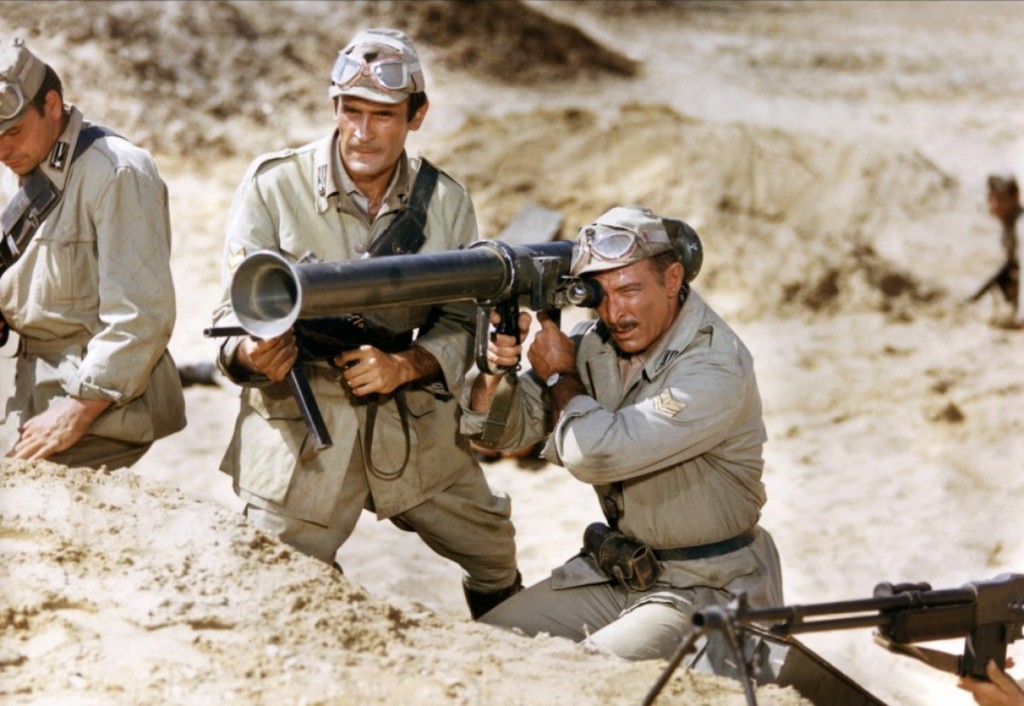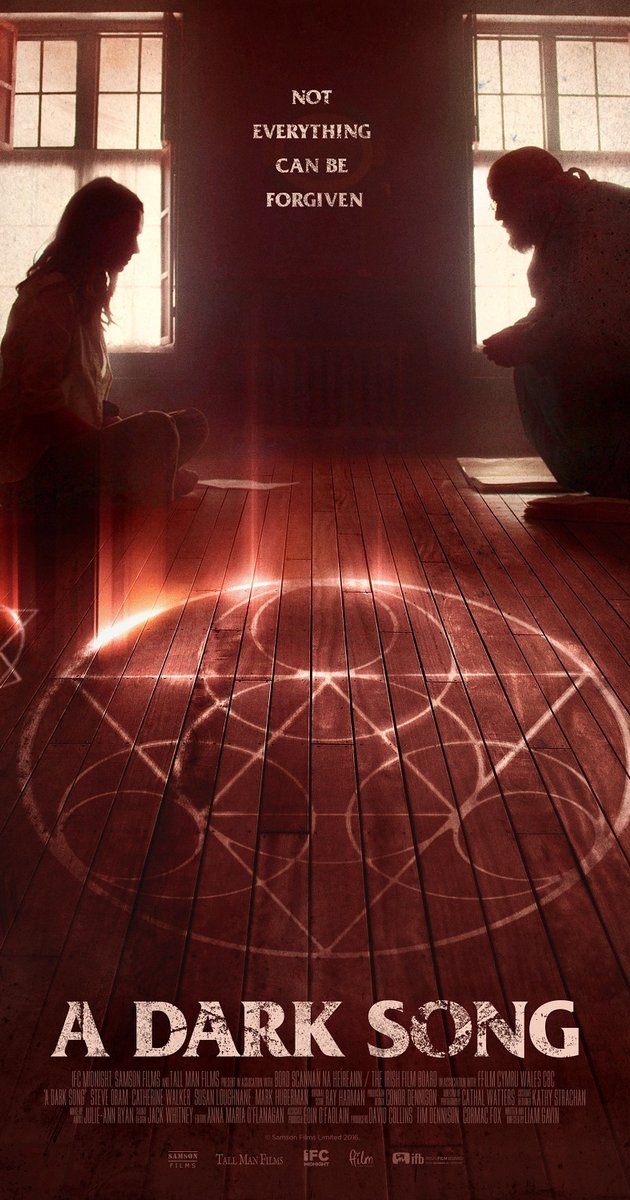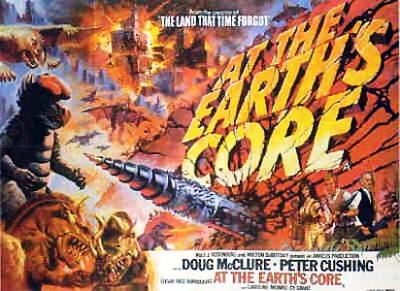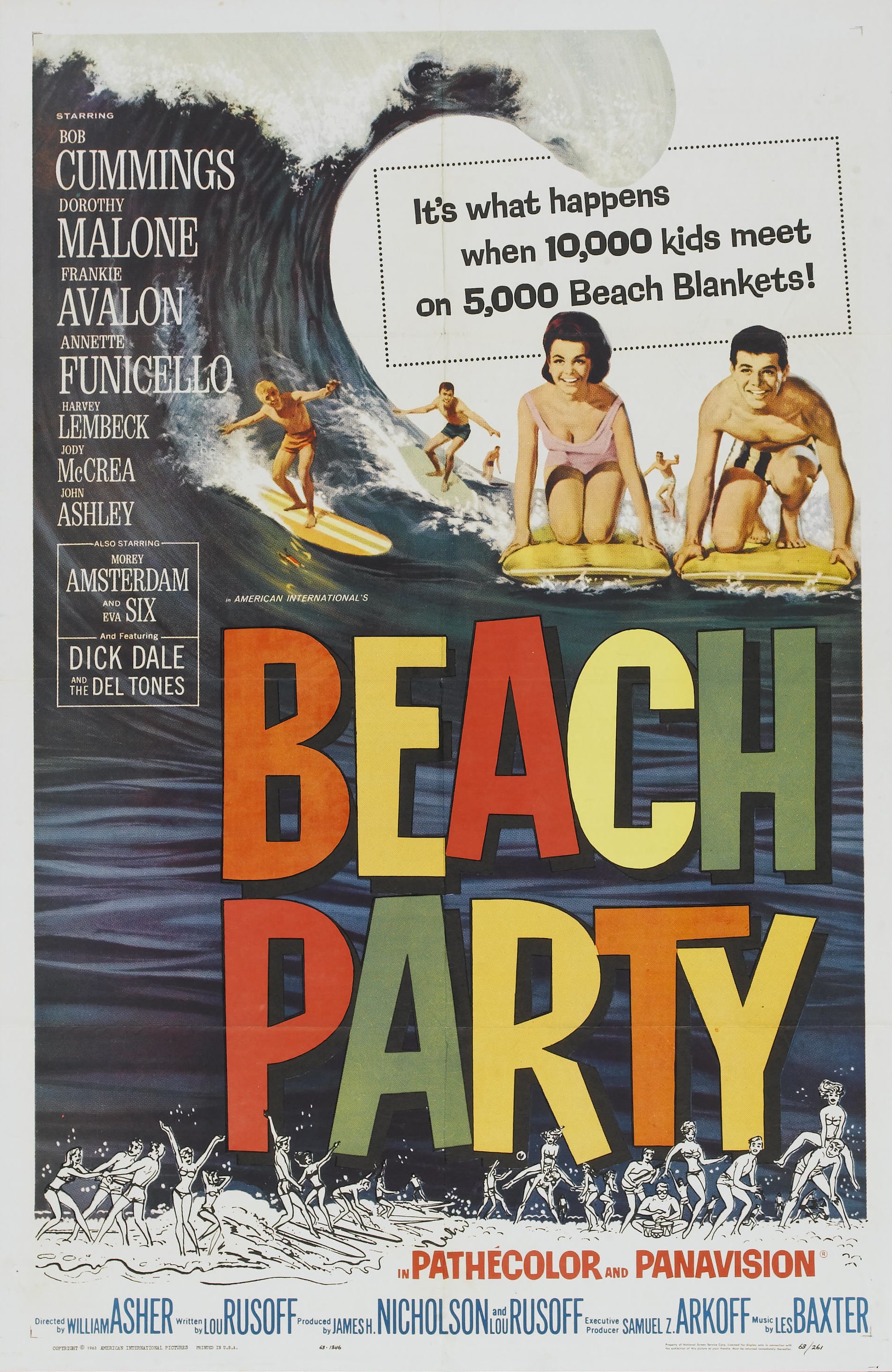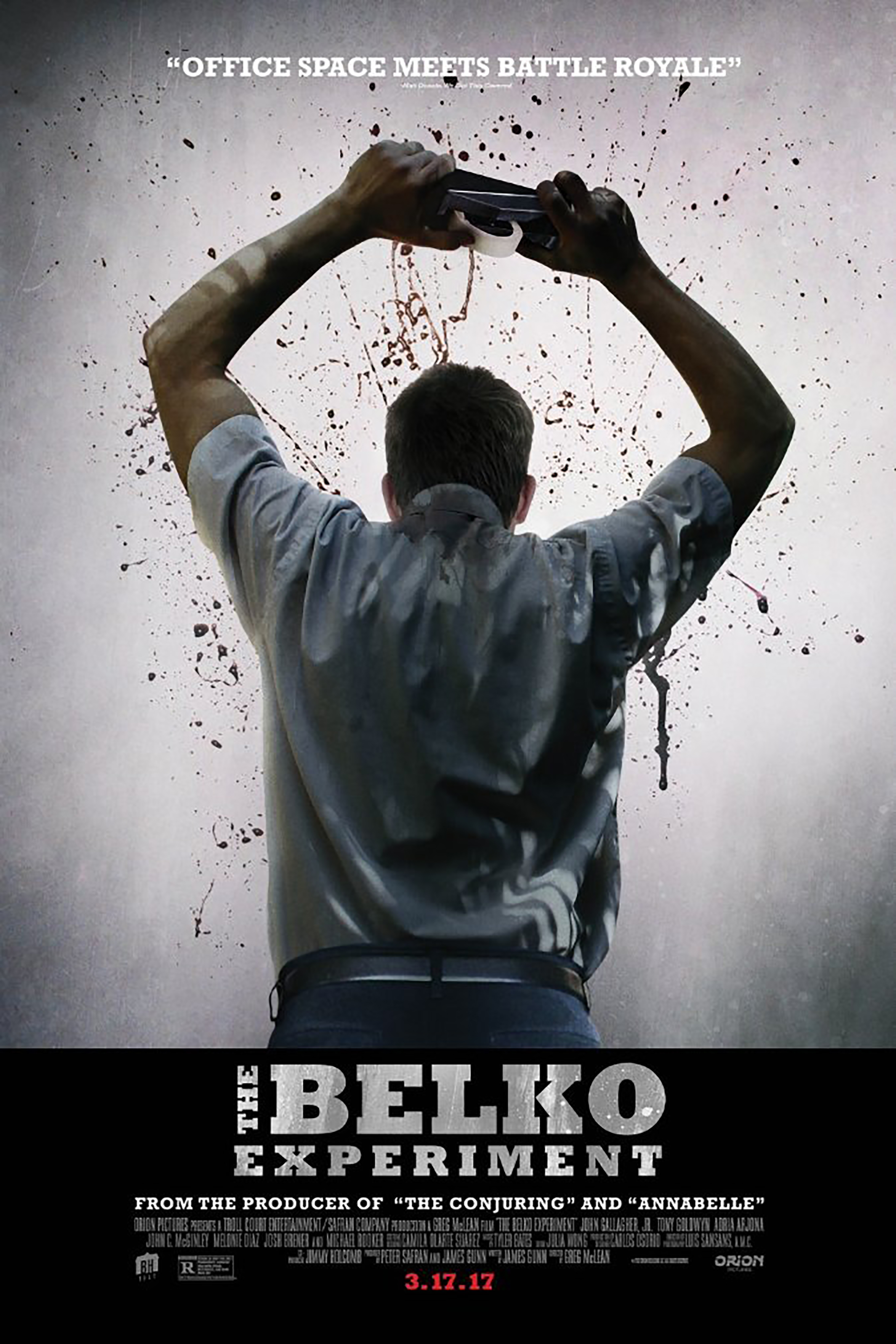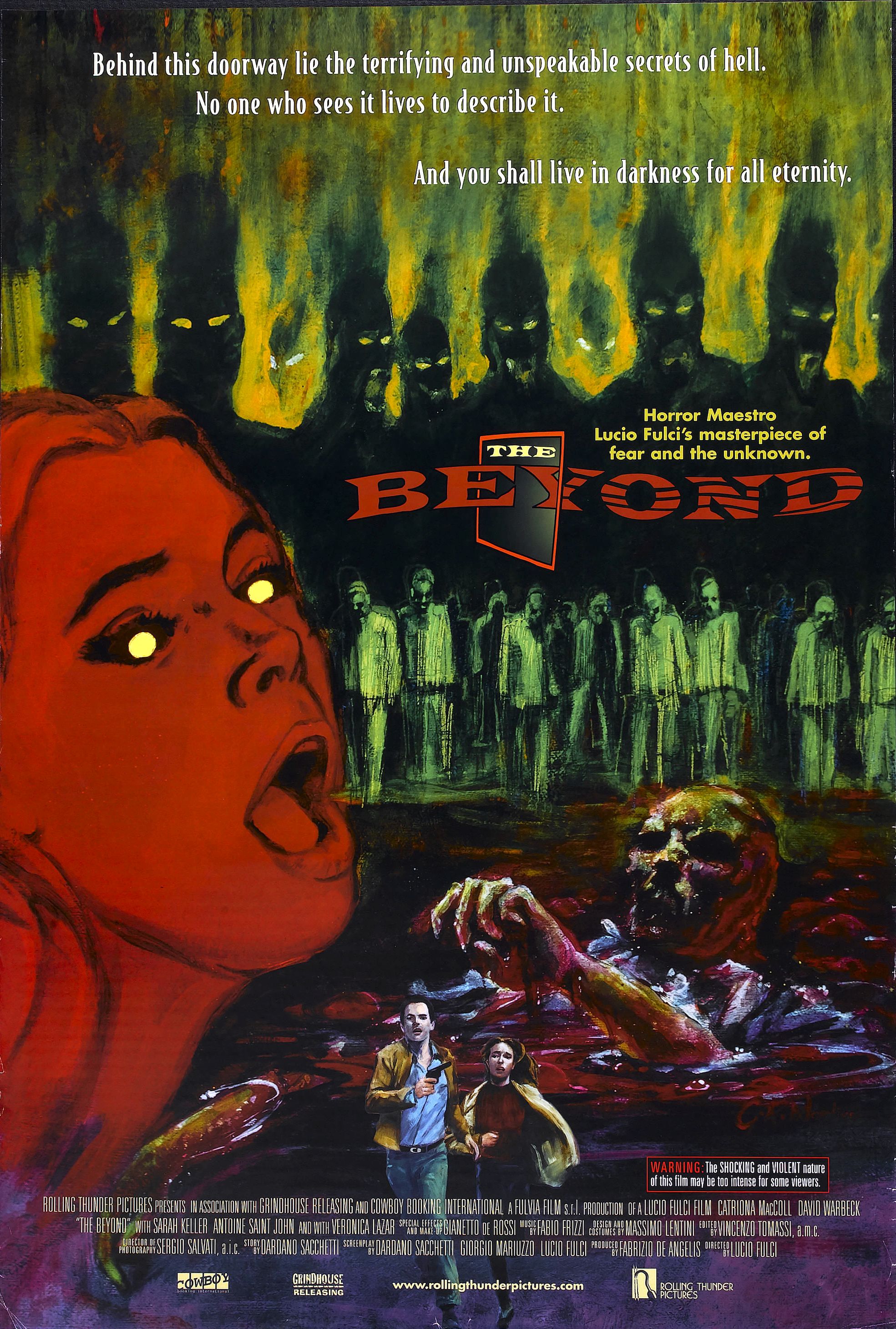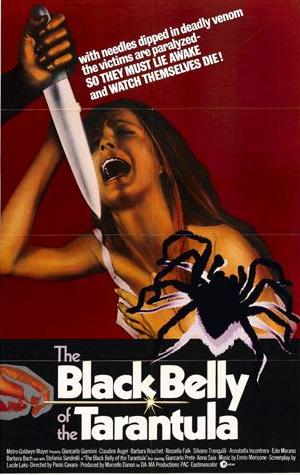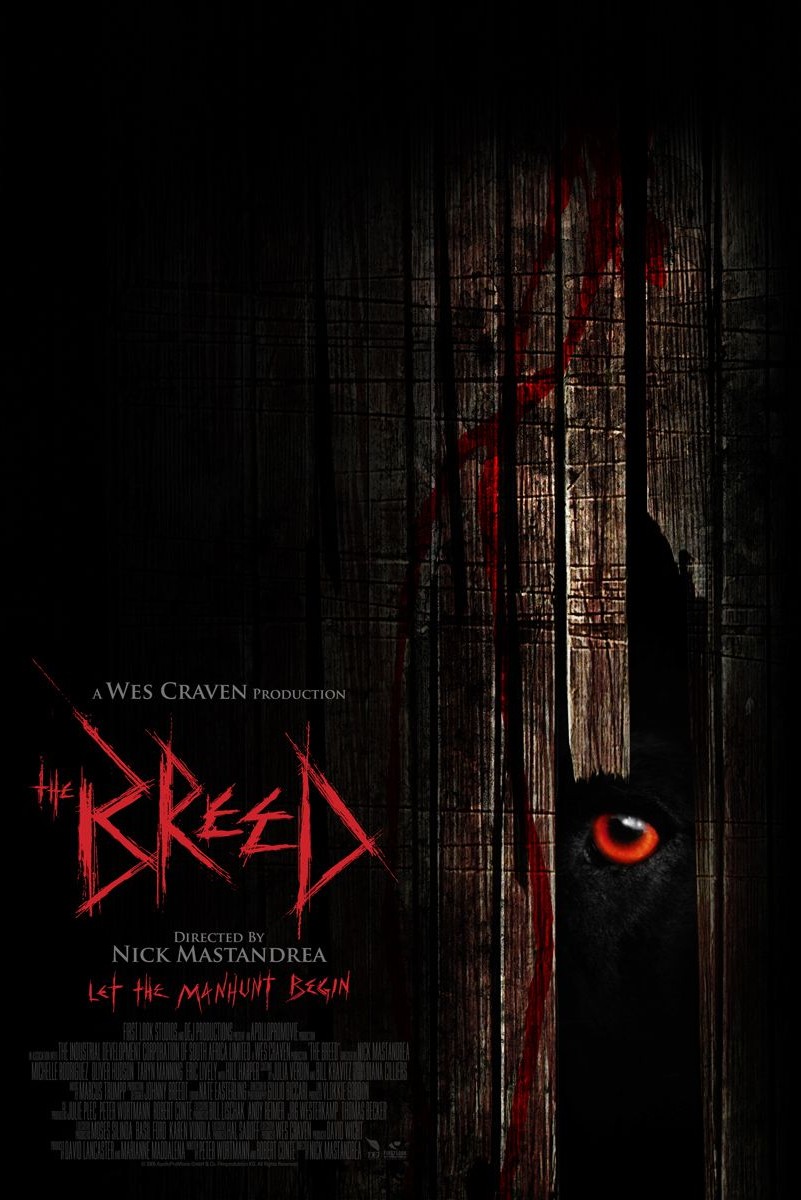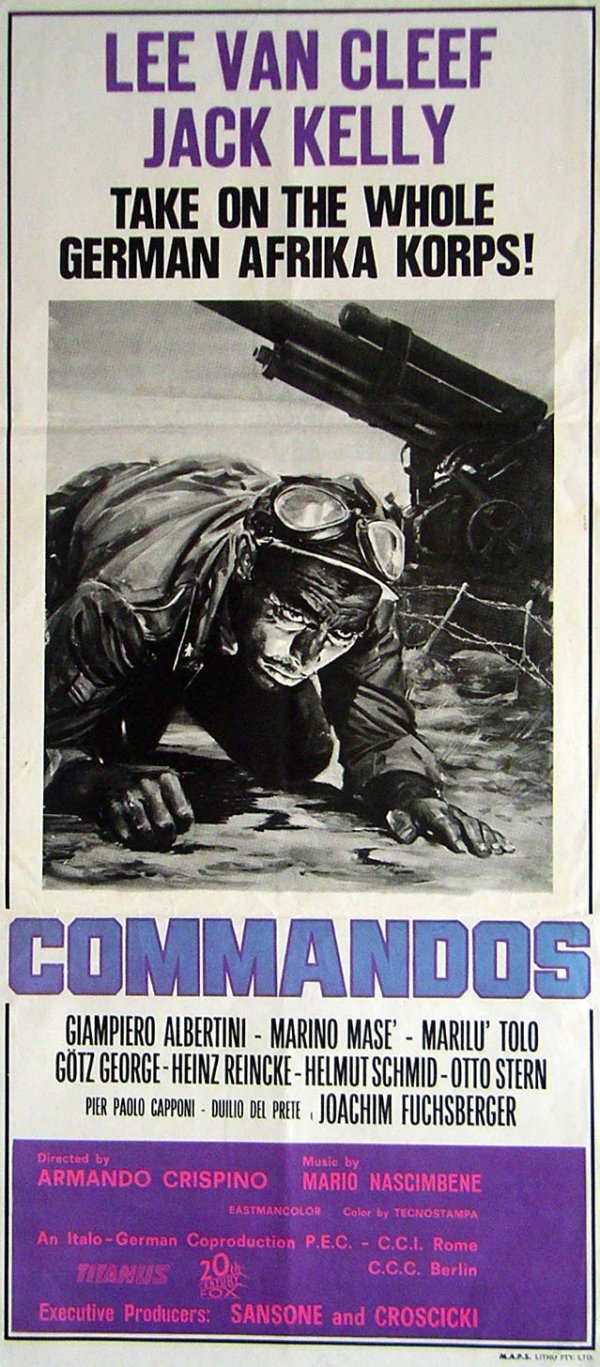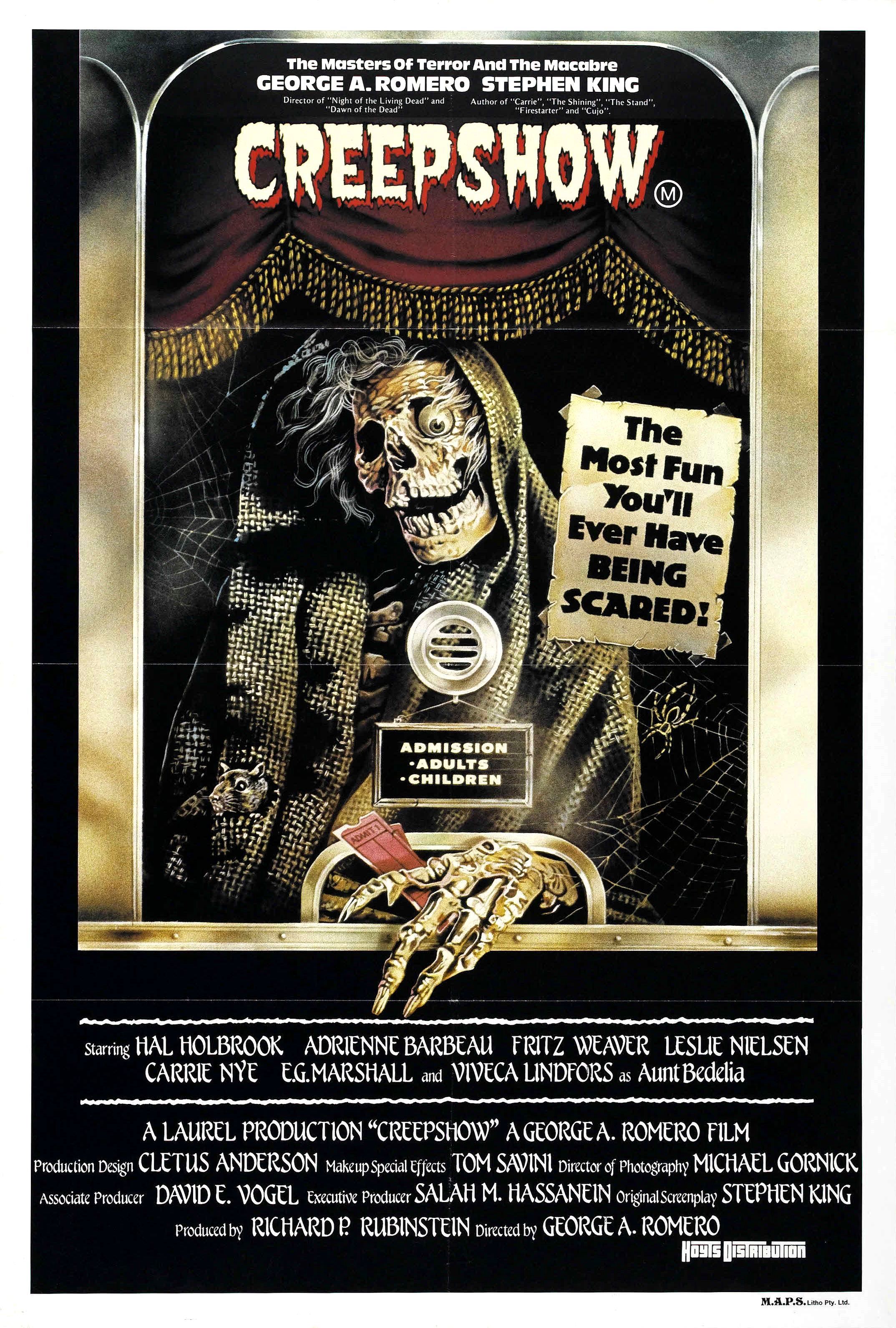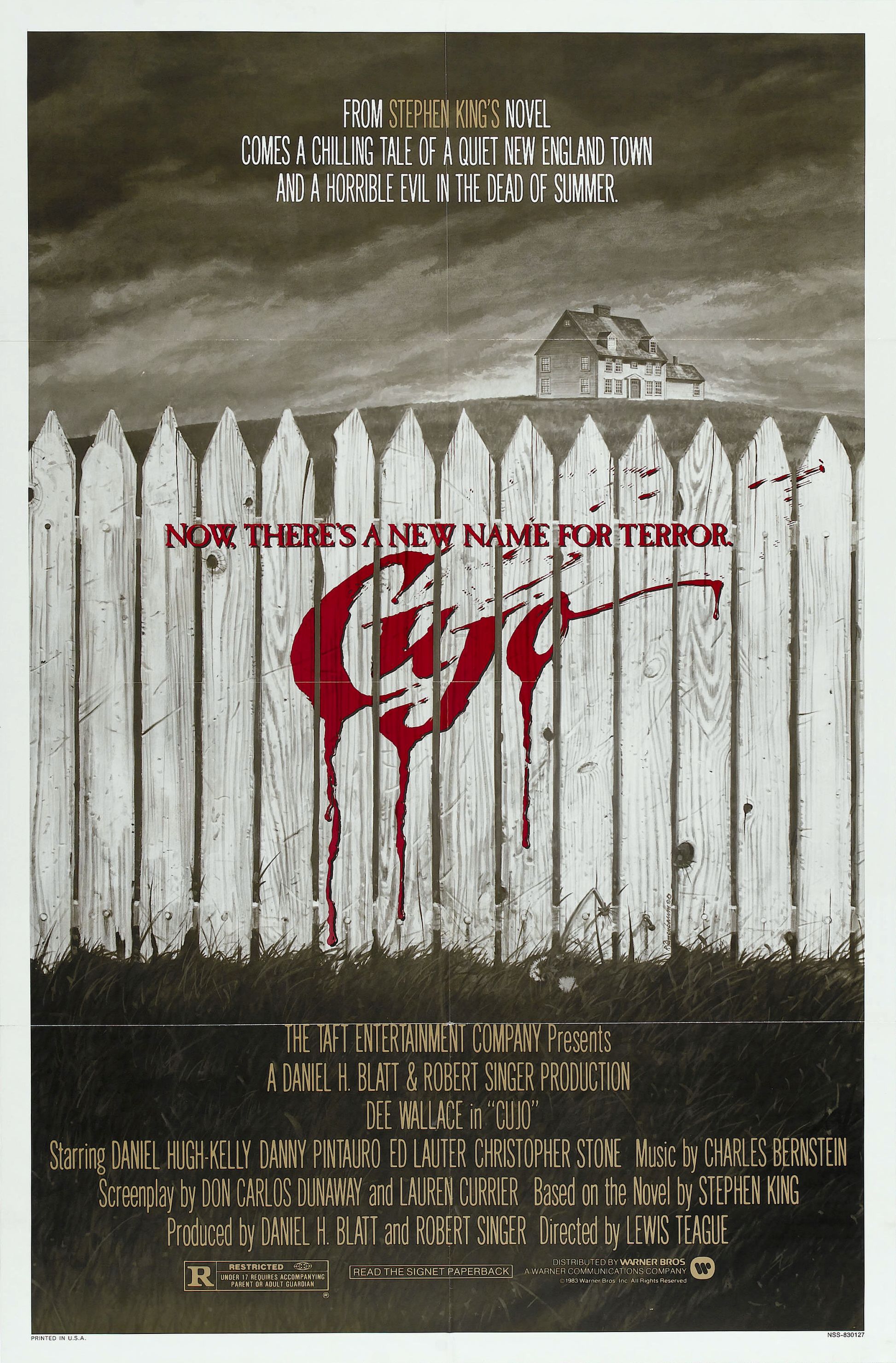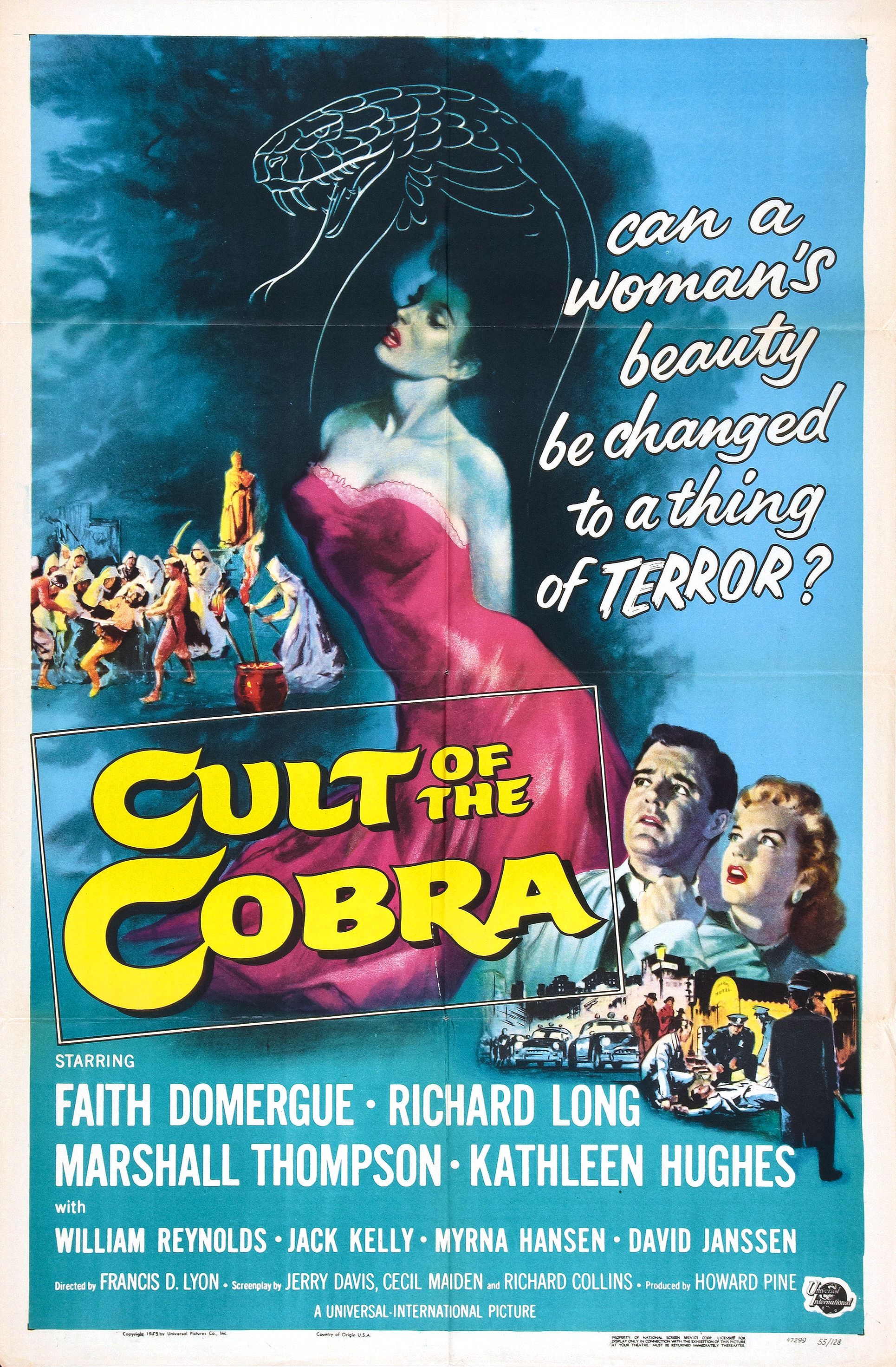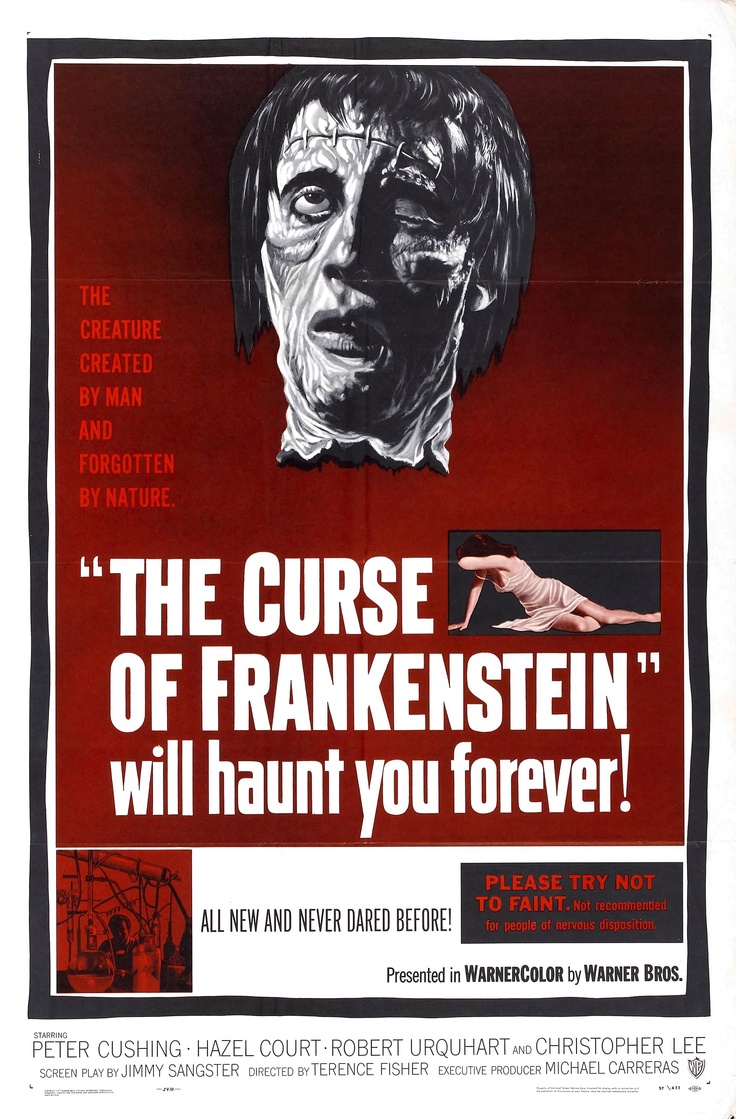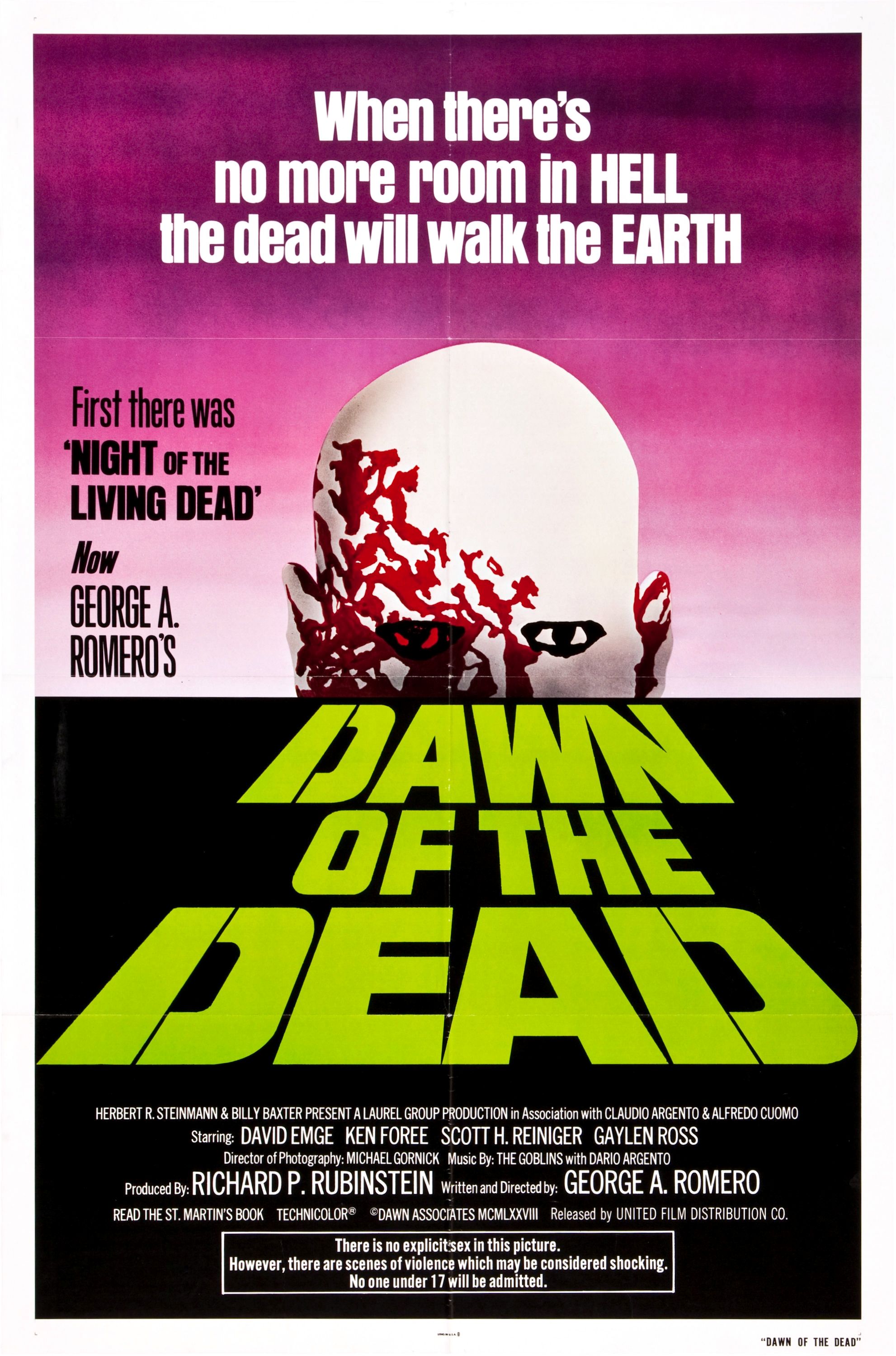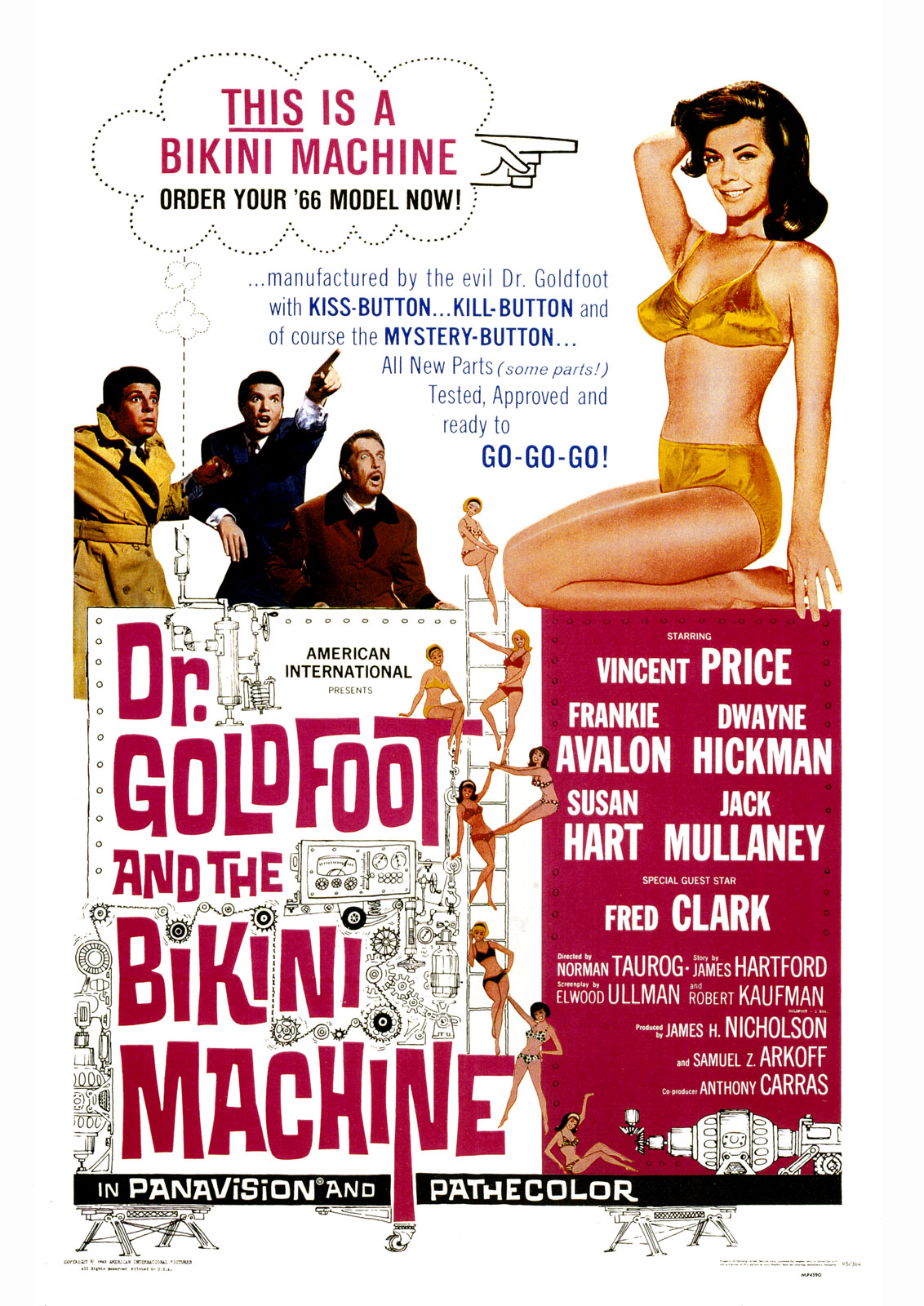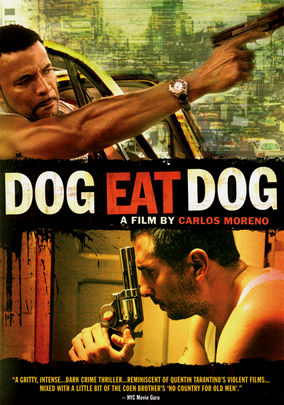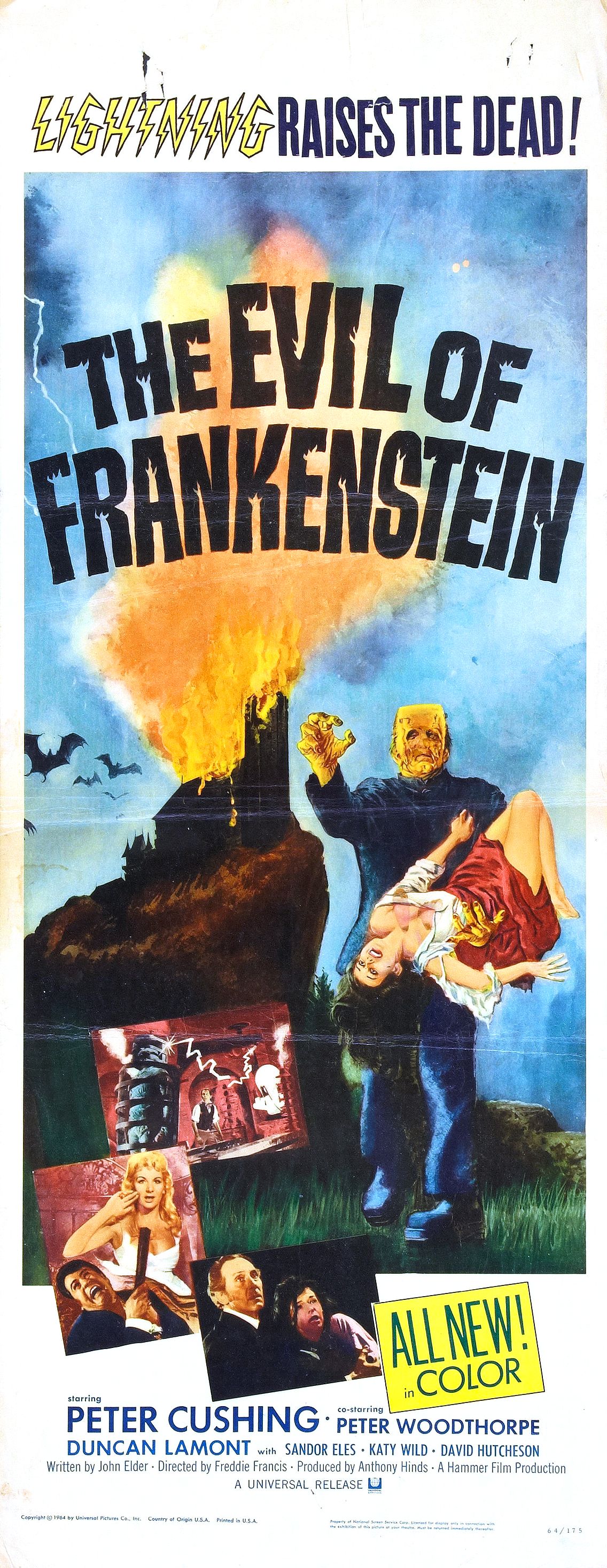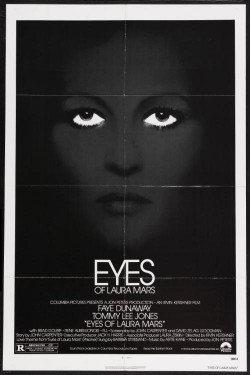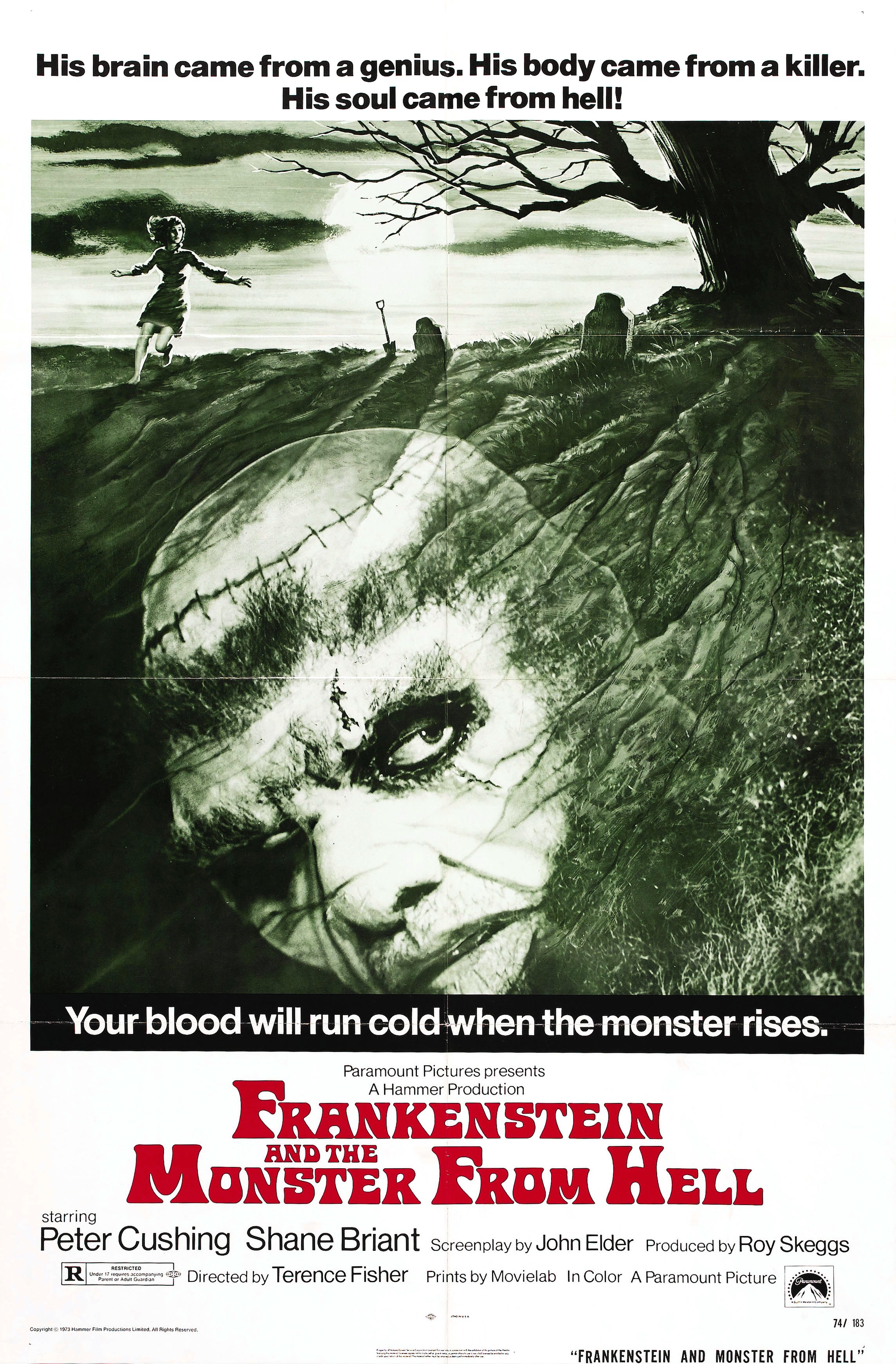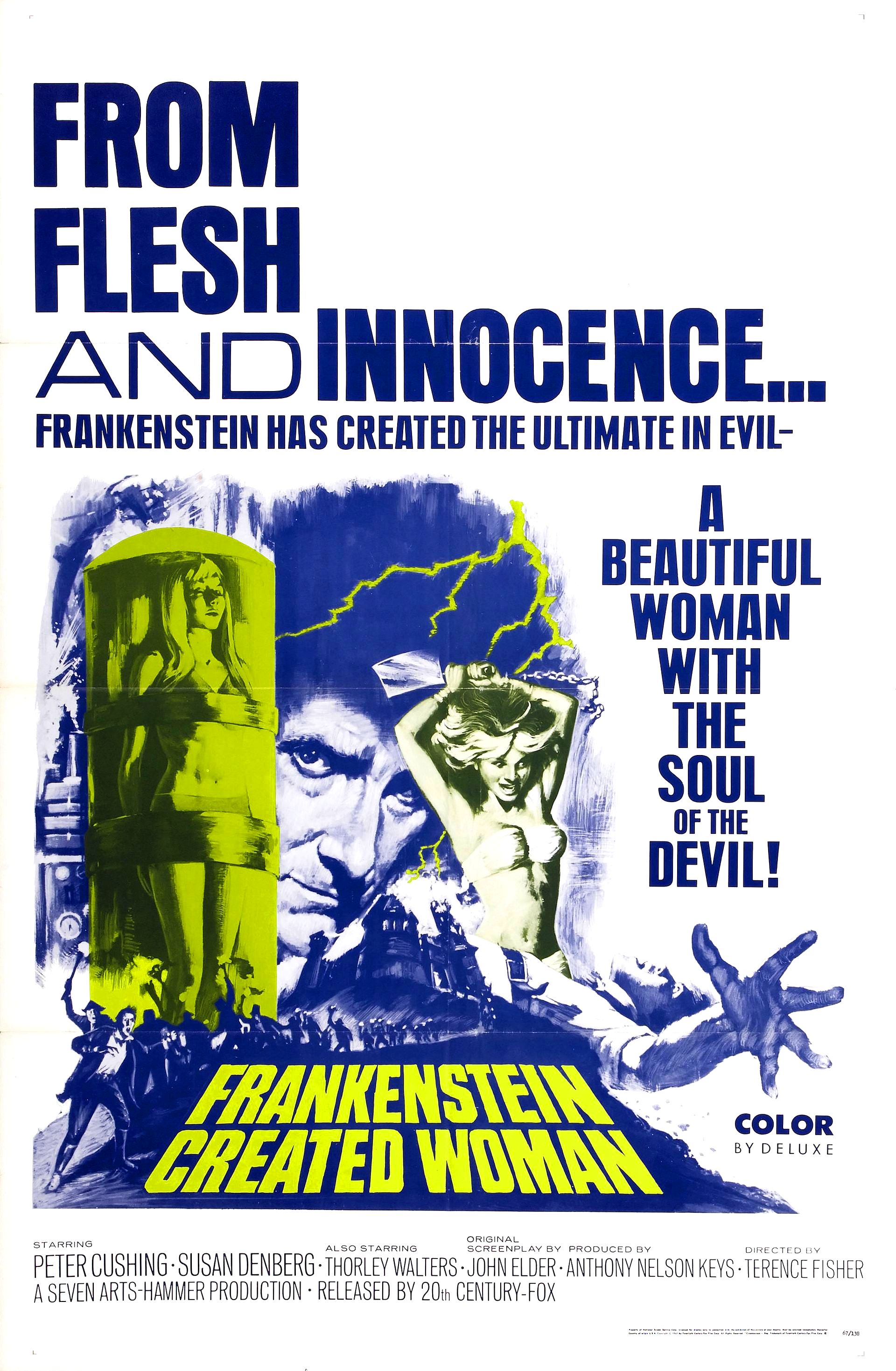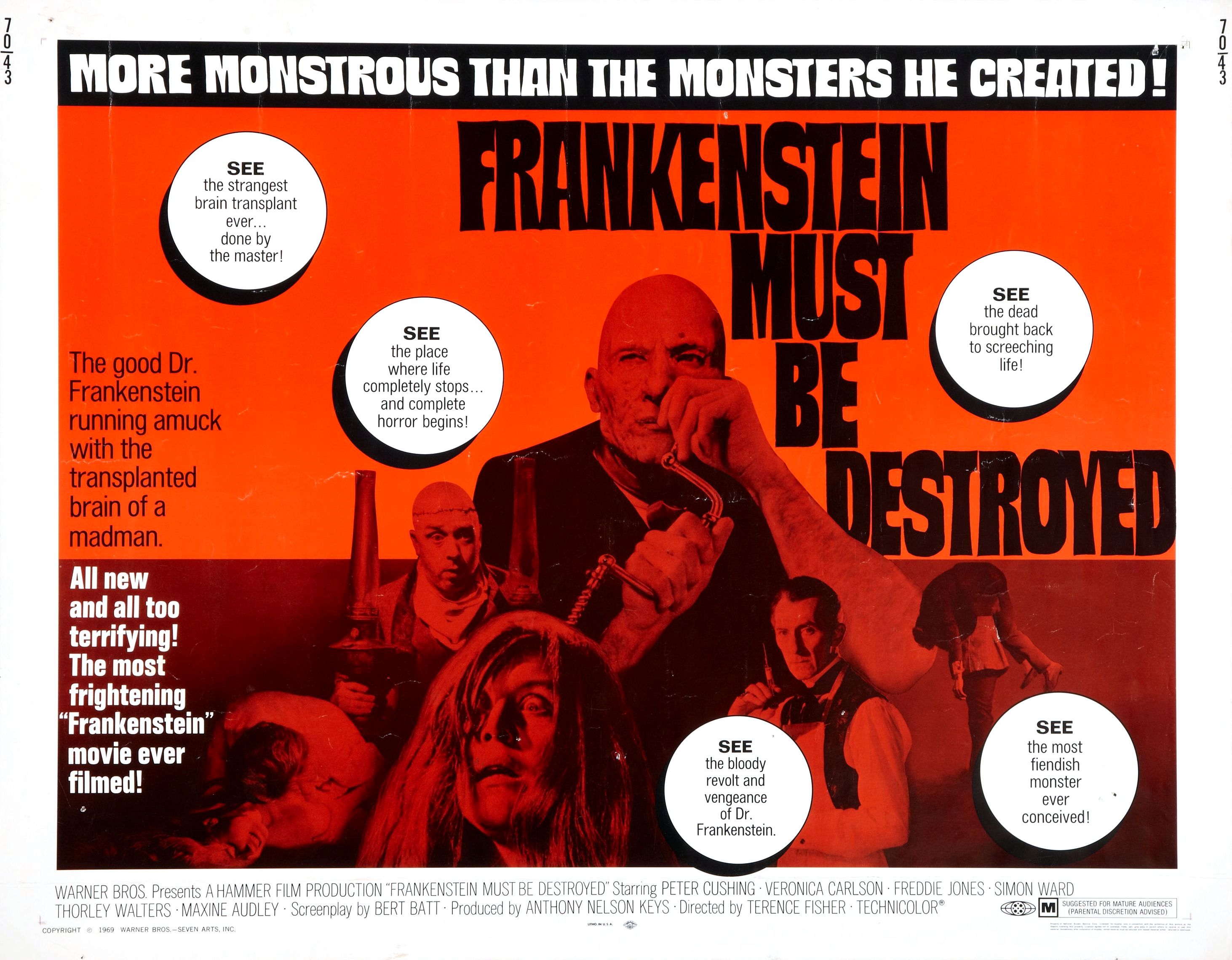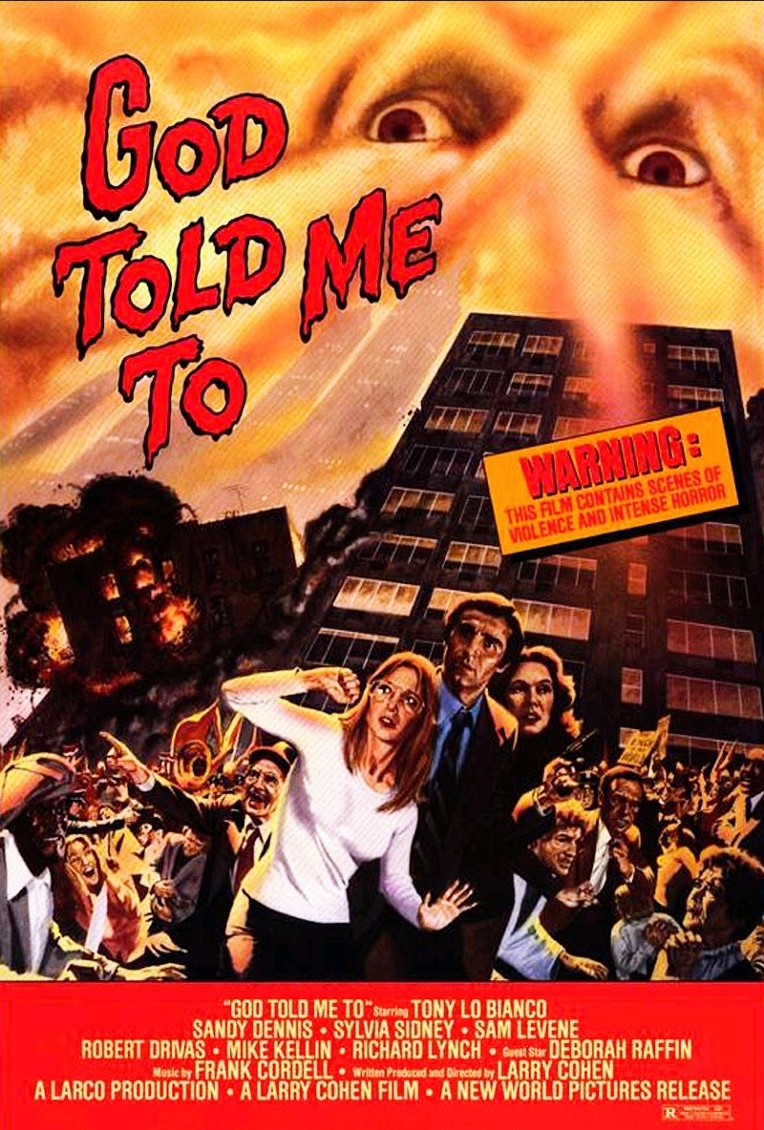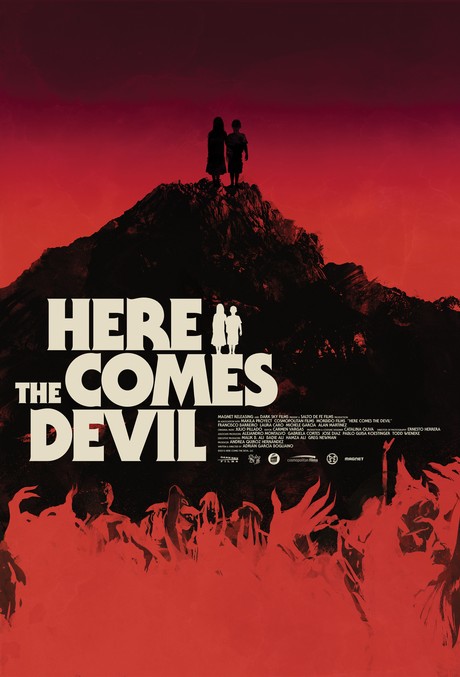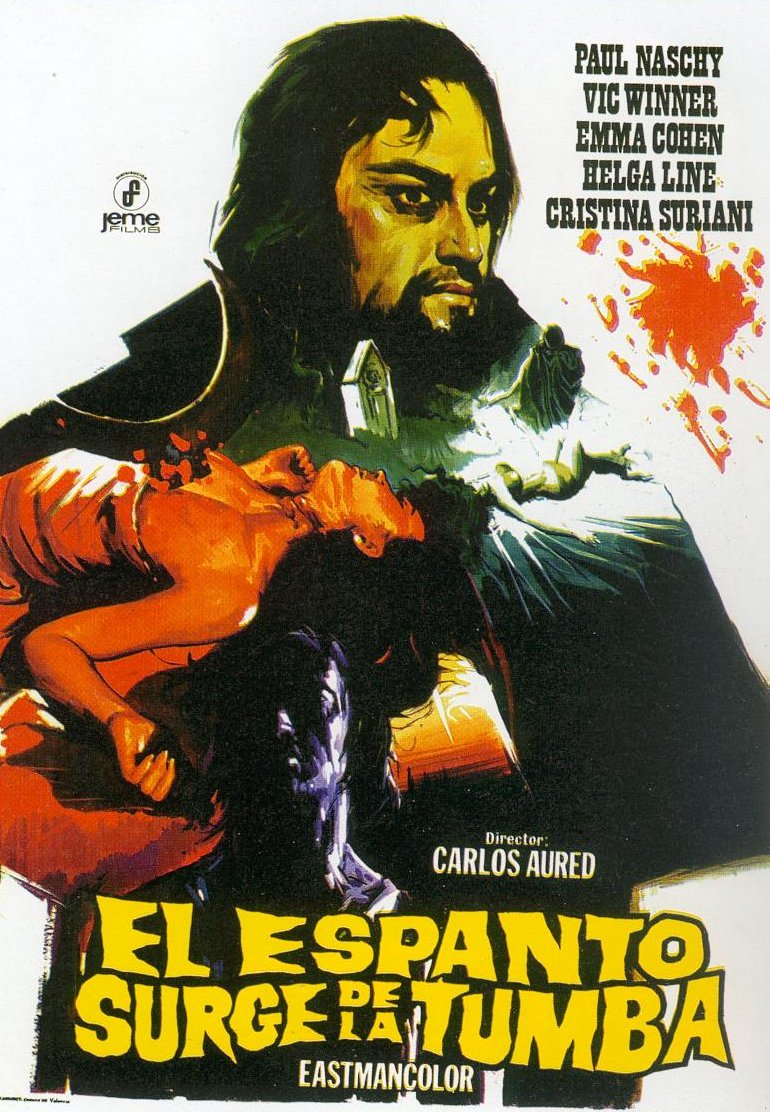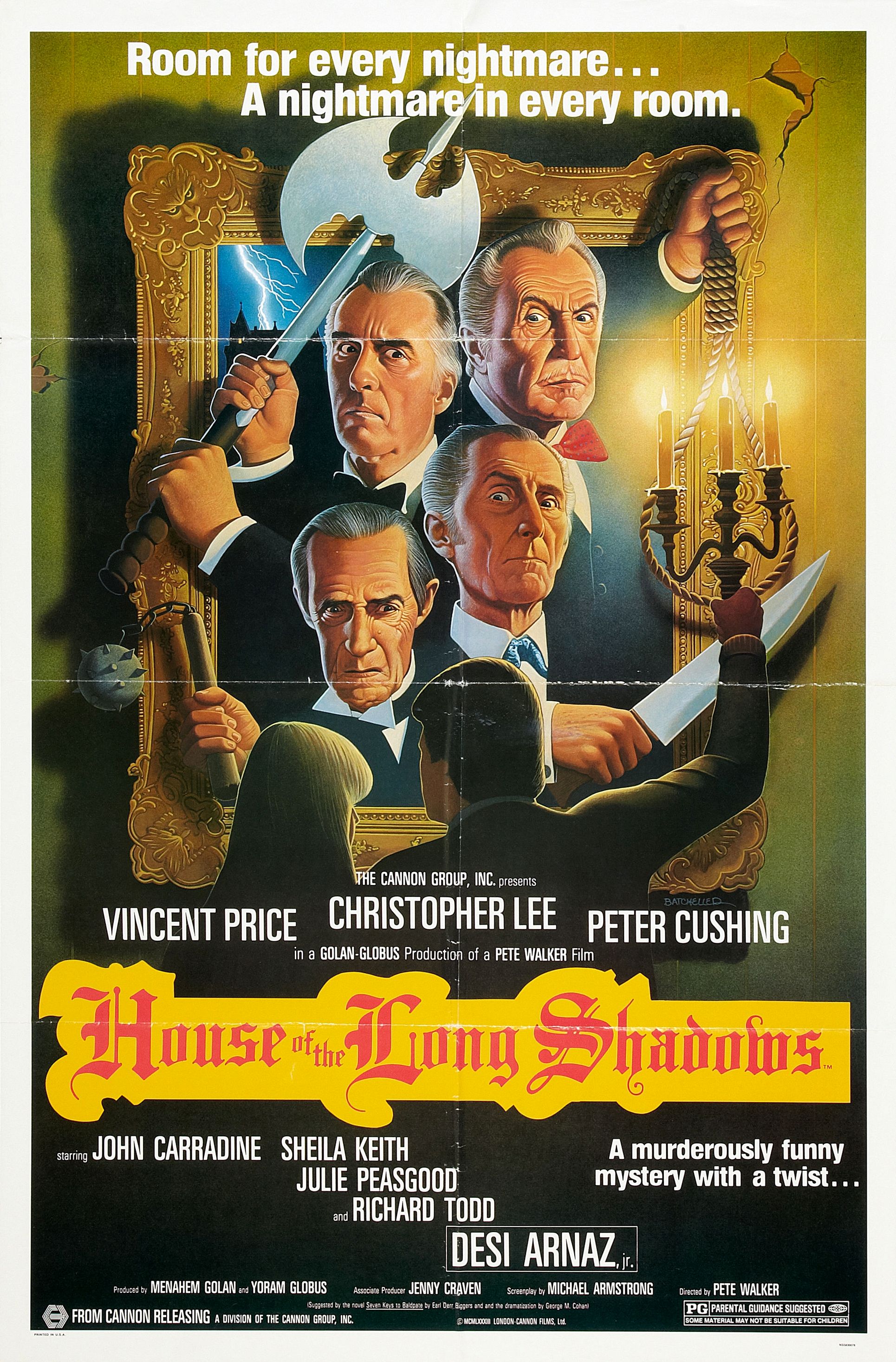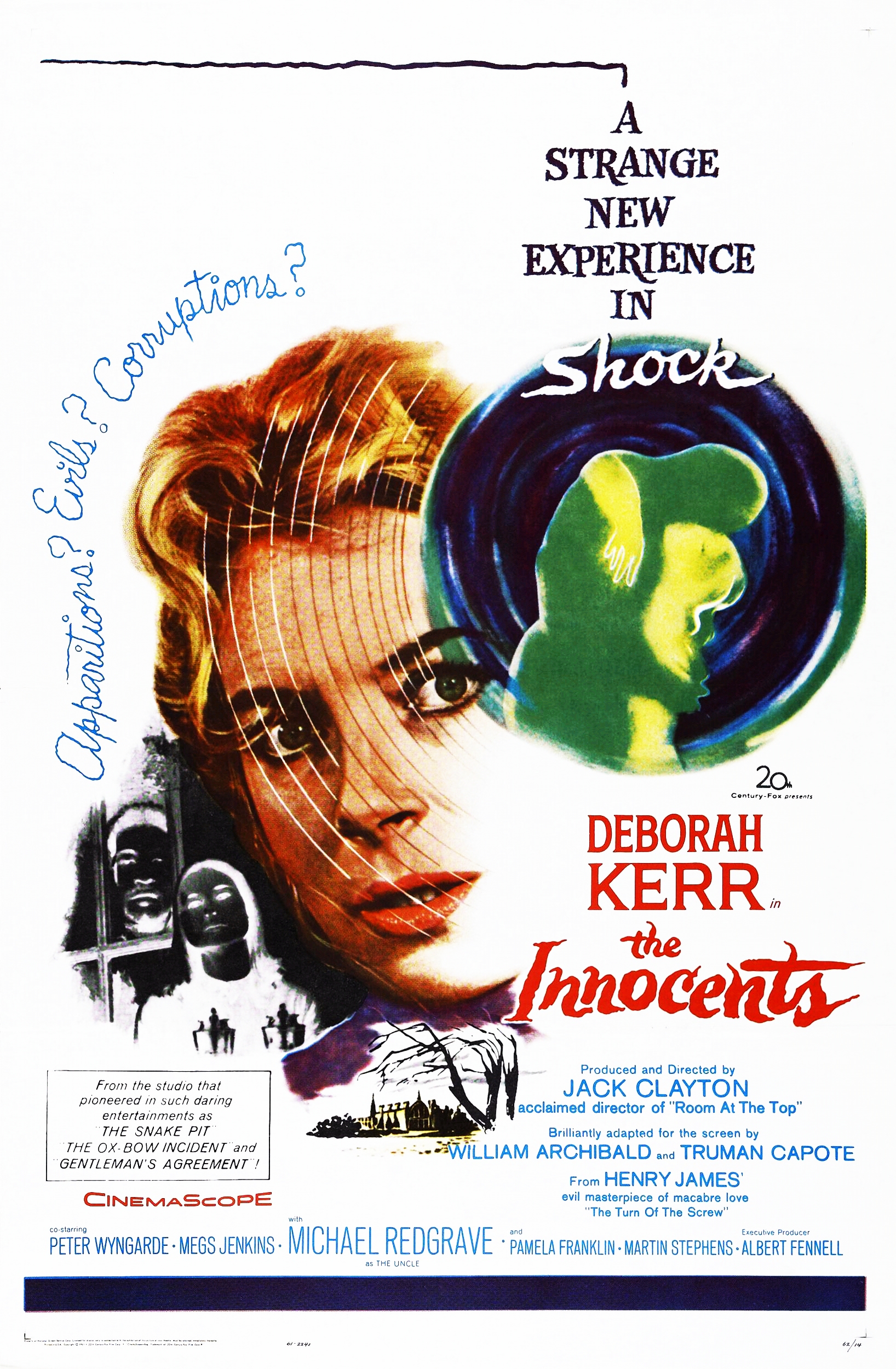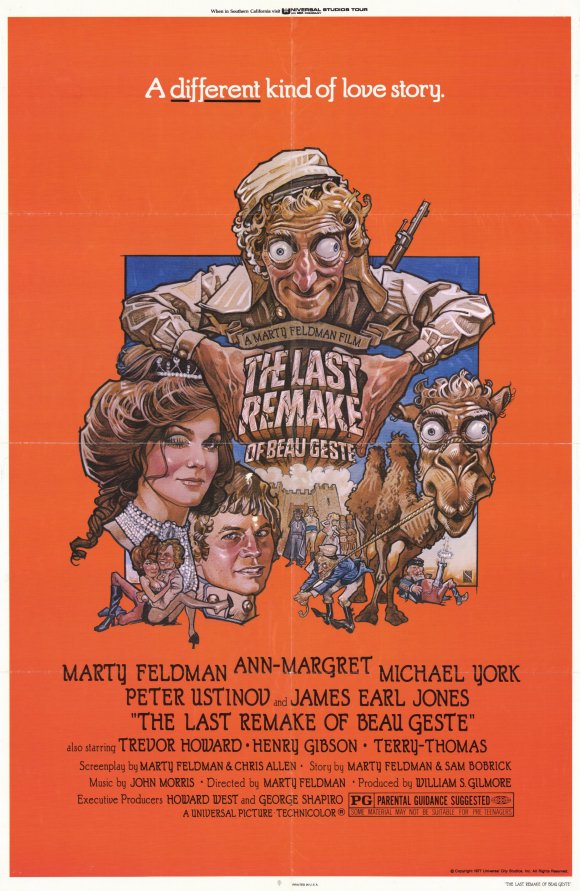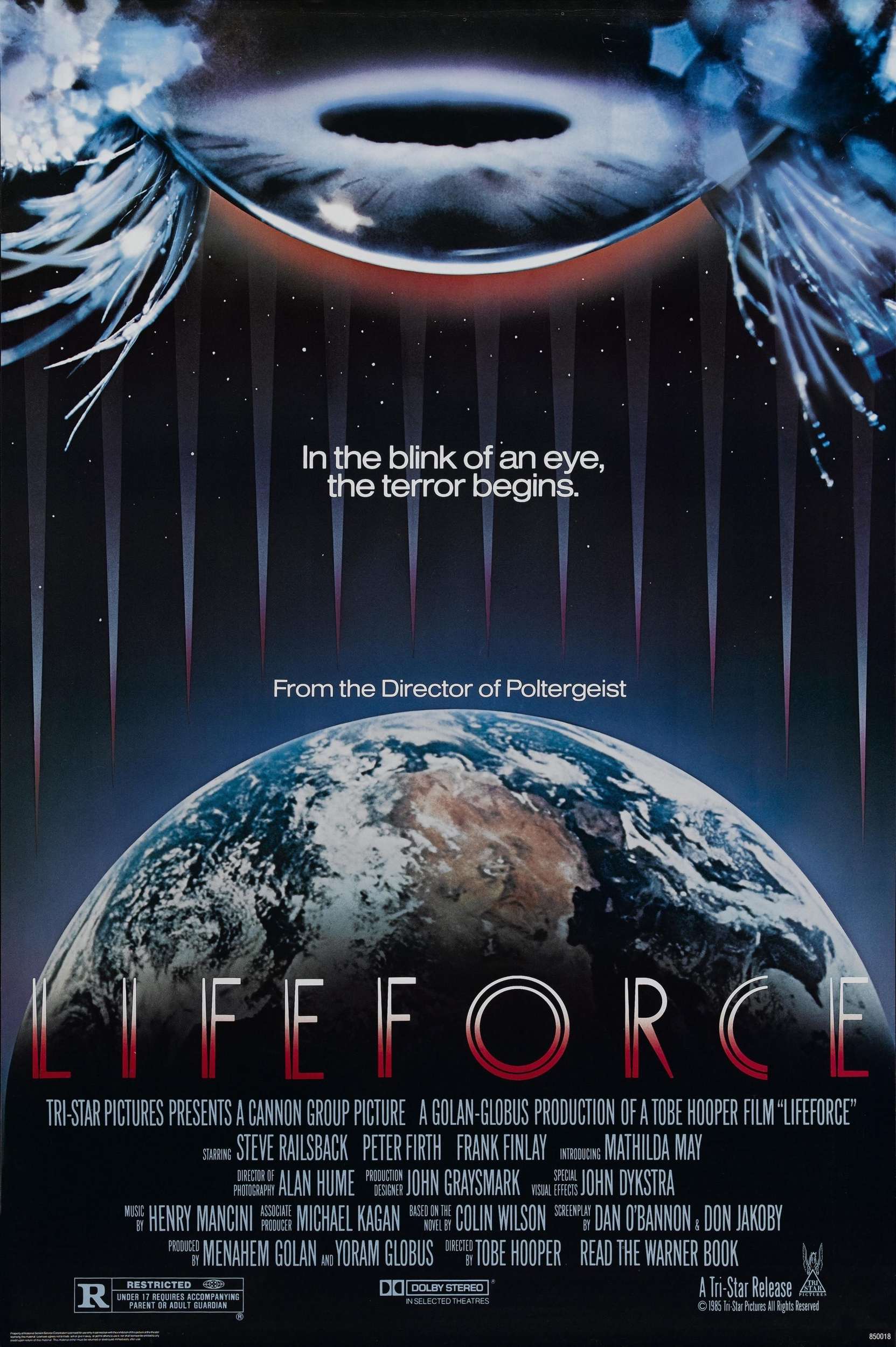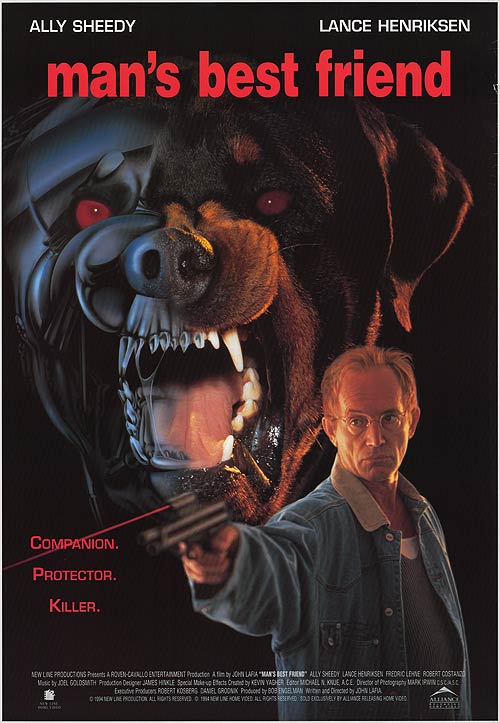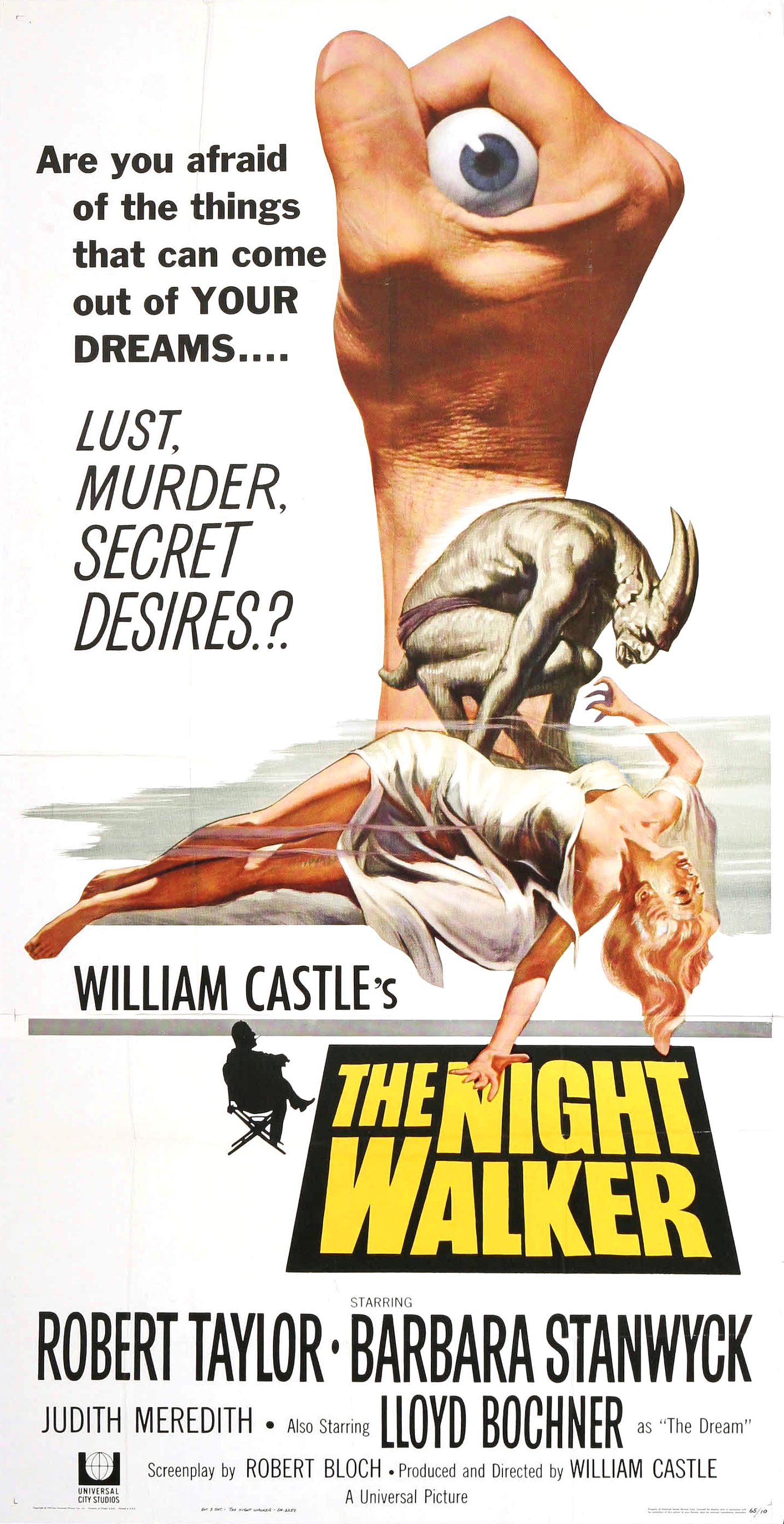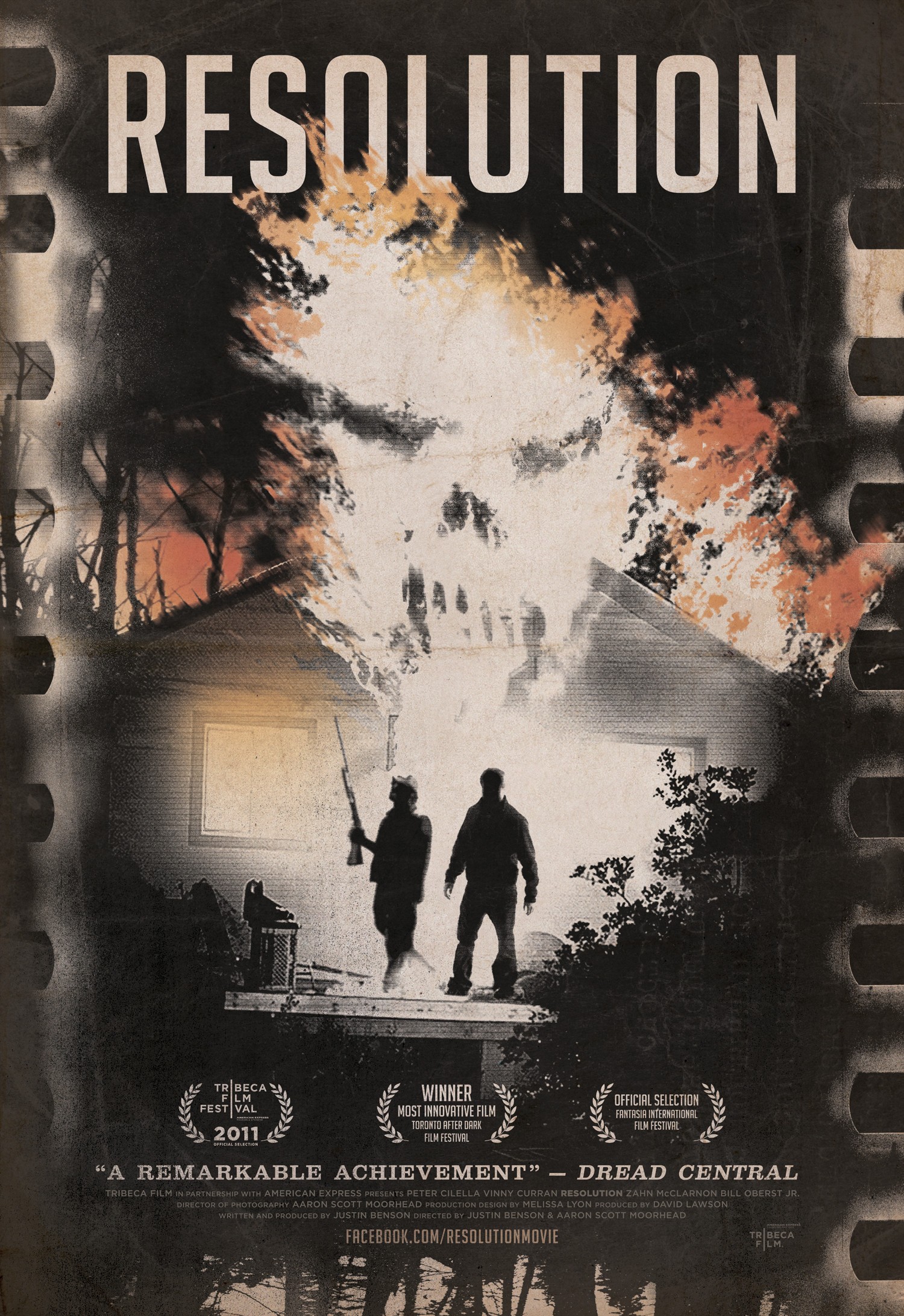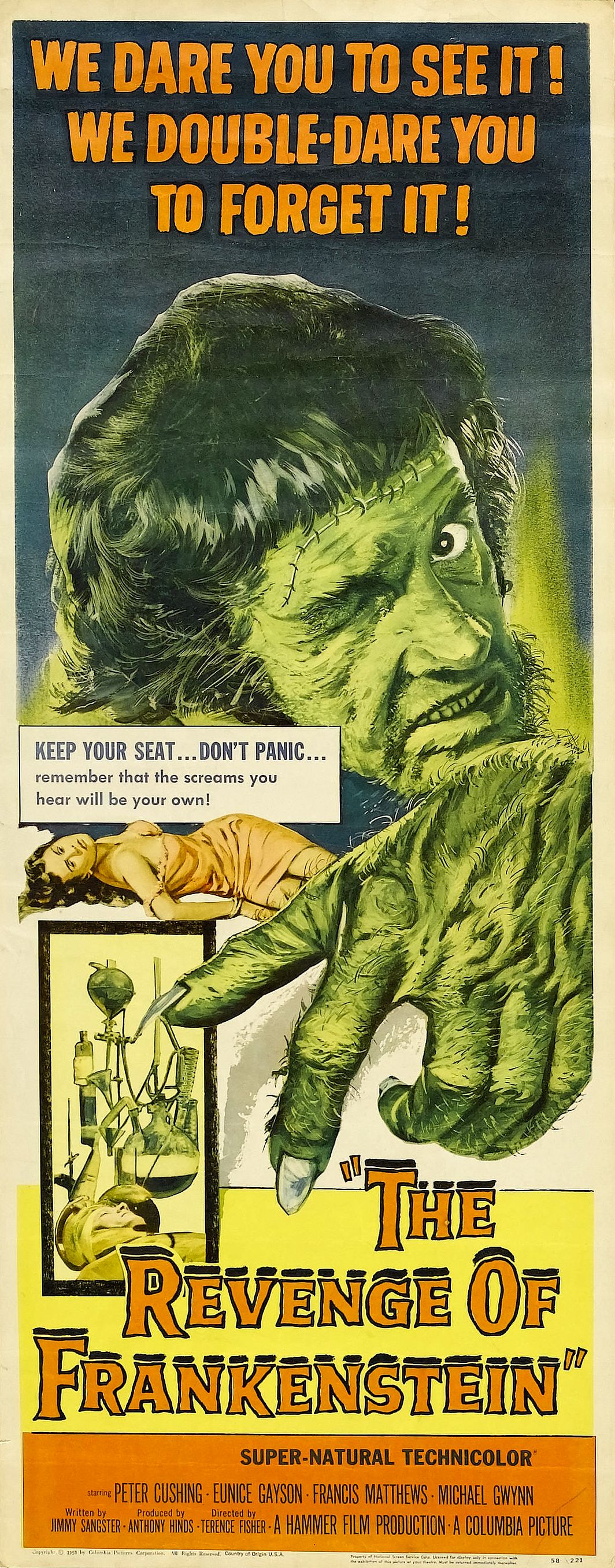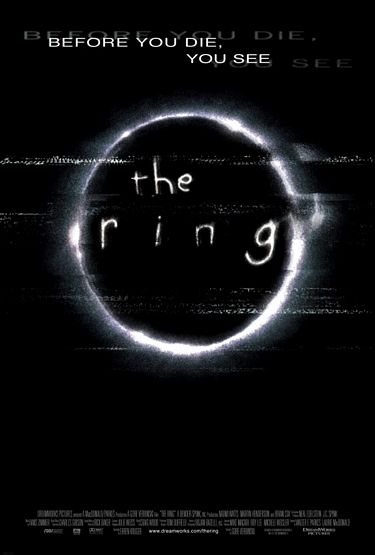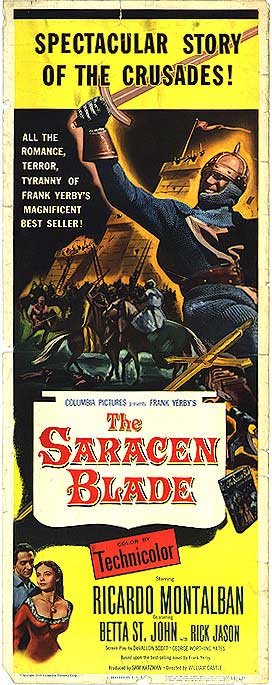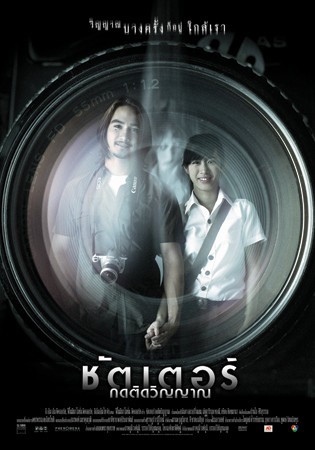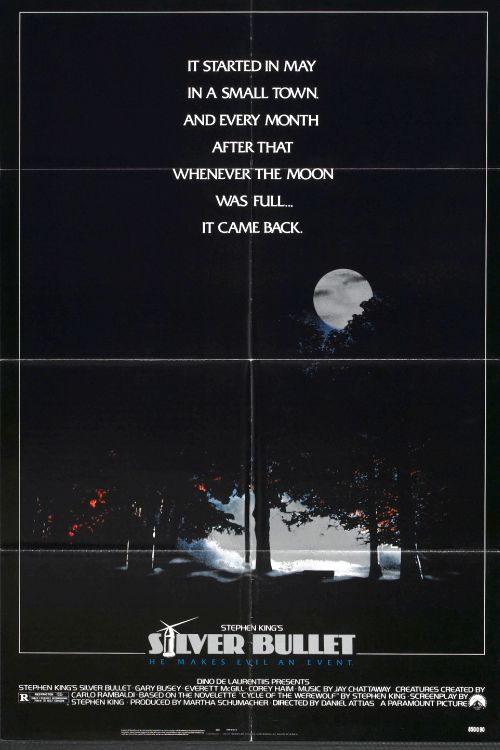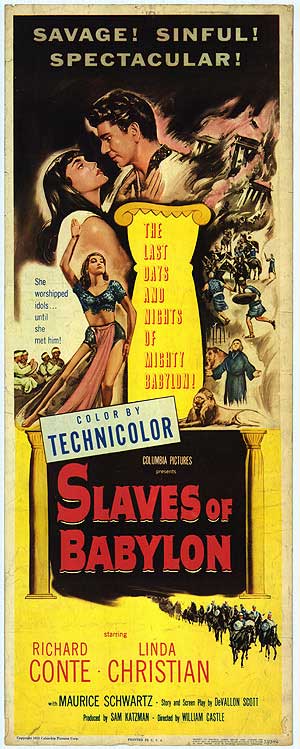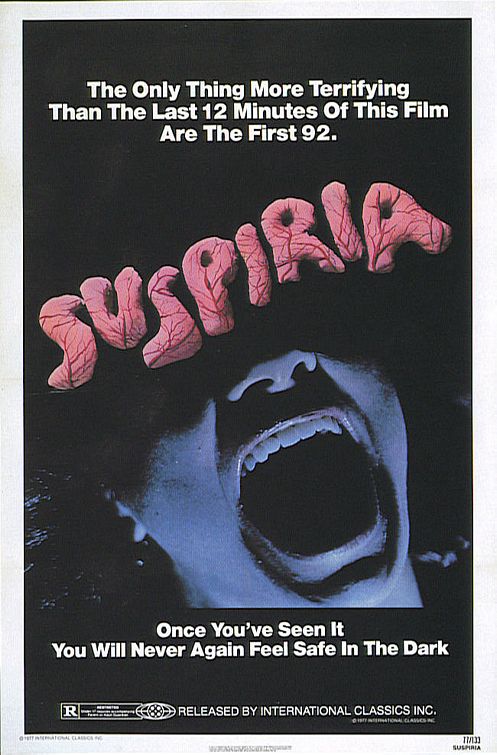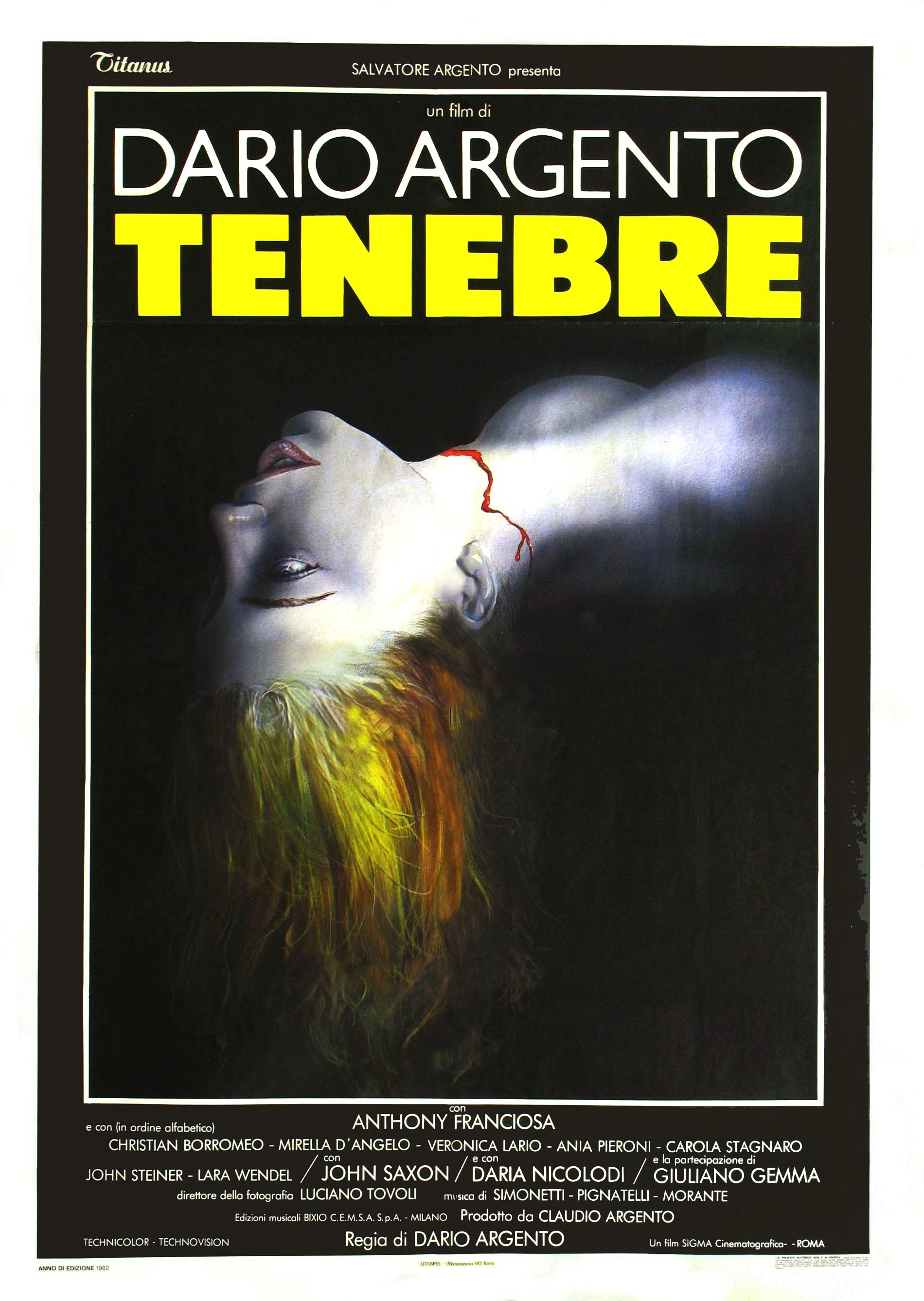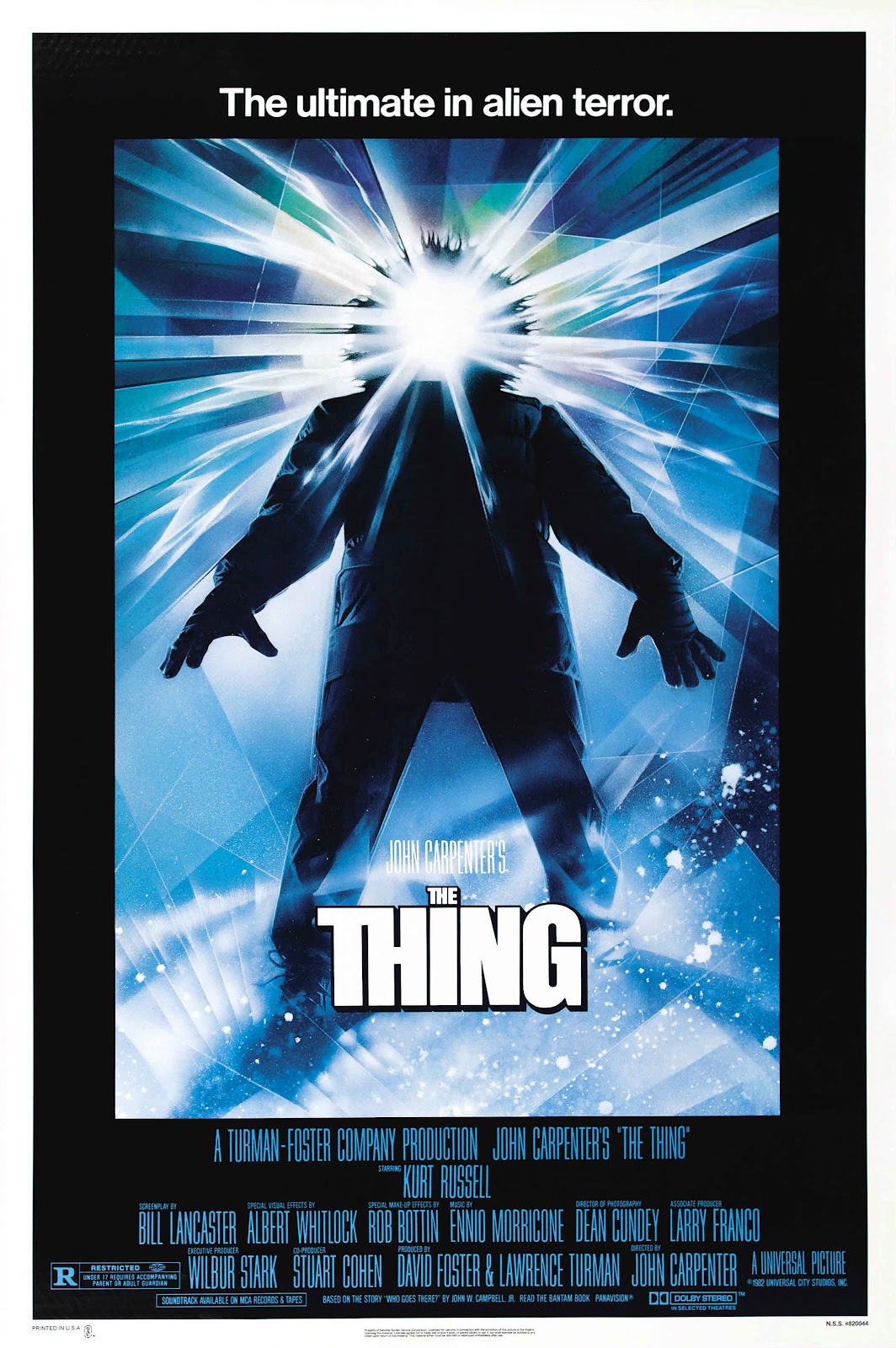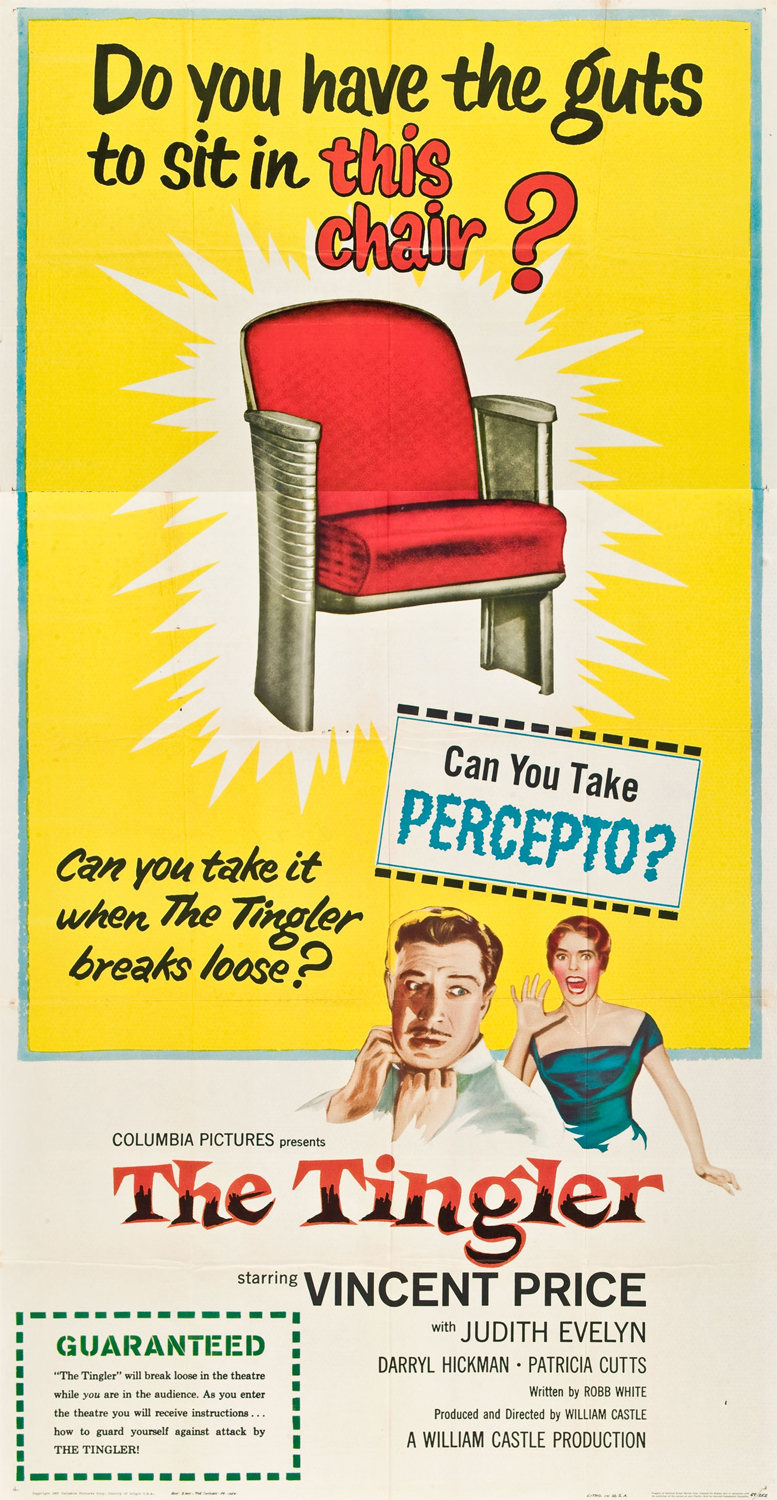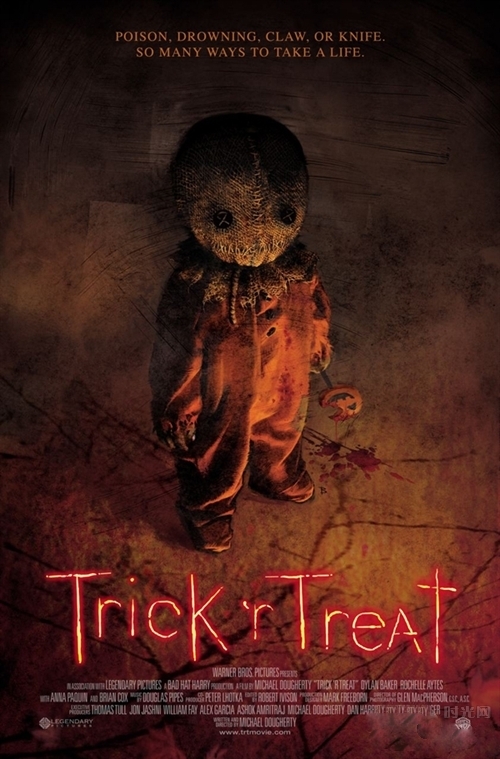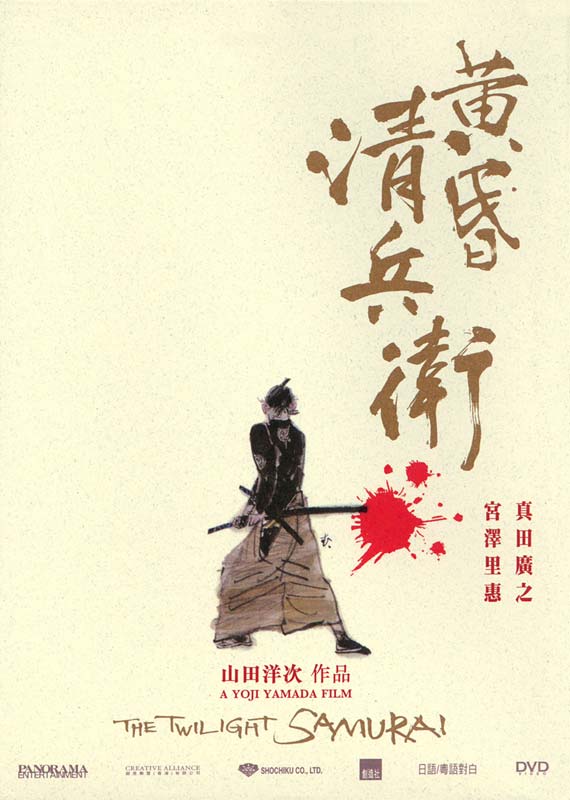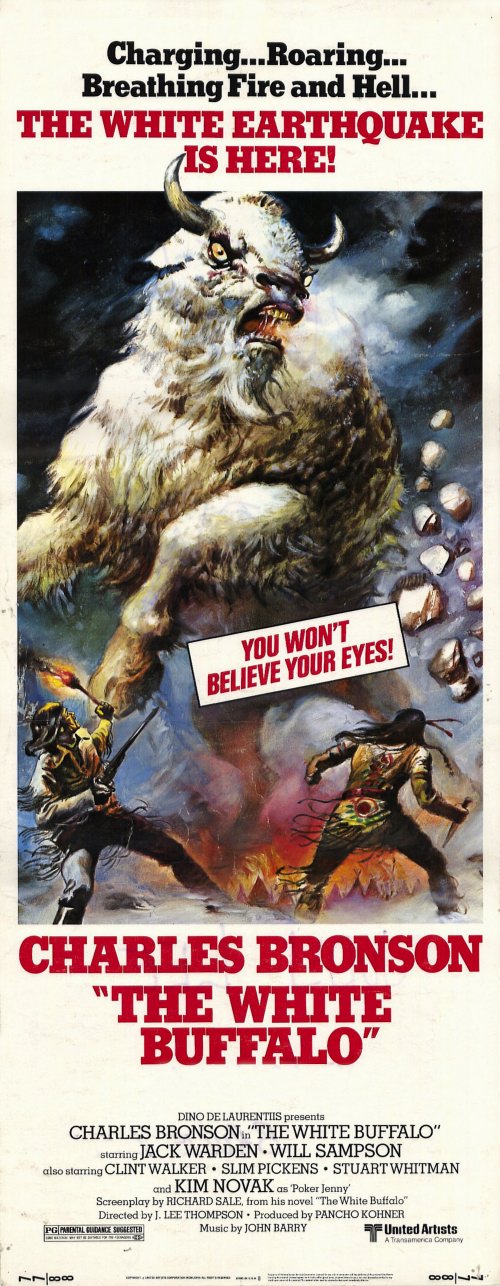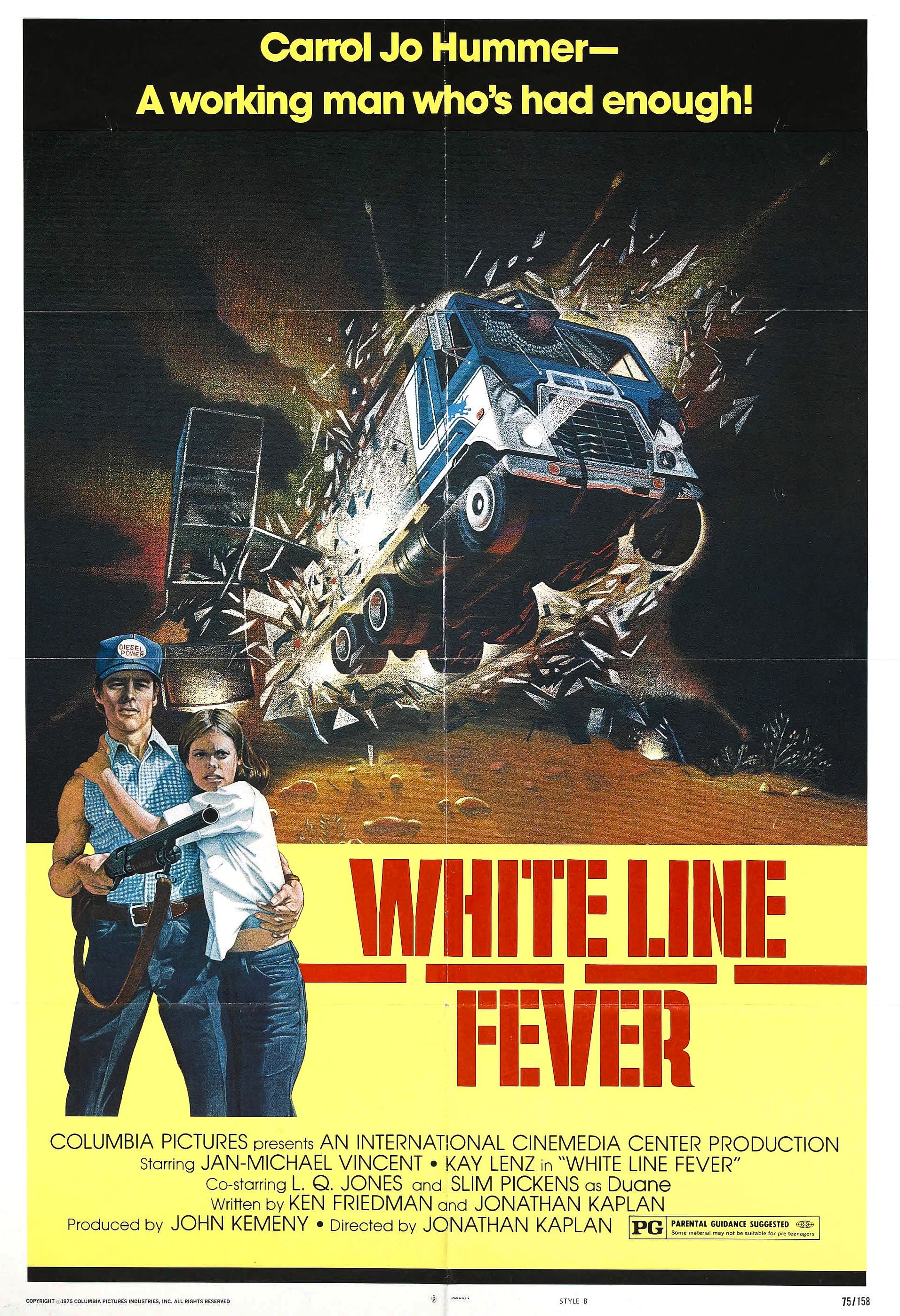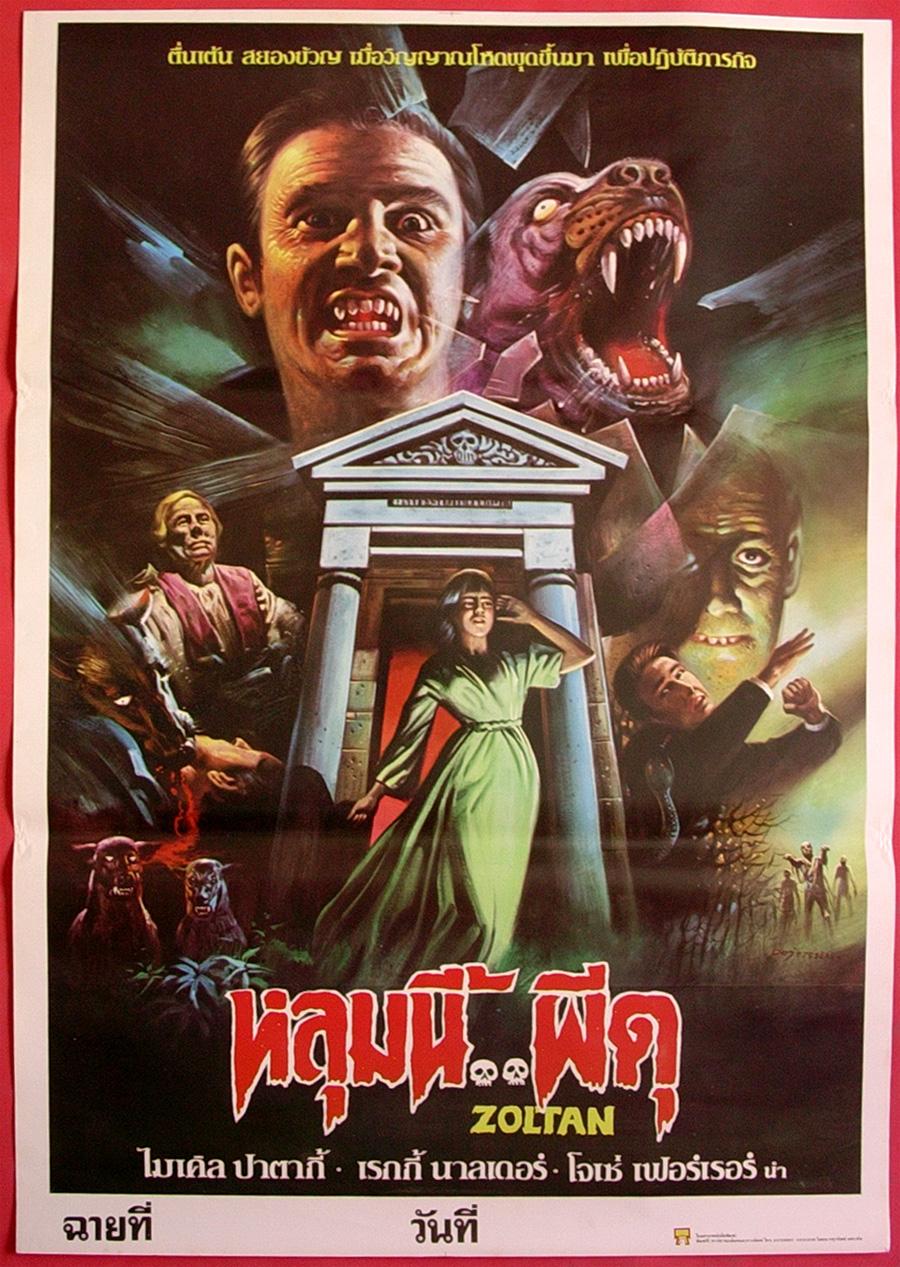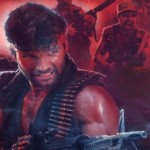
As Hollywood films shifted away from “men-on-a-mission”-style war films such as The Guns of Navarone (1961) and The Dirty Dozen (1967), so did the “macaroni combat” films of Italy. In the mid-1980s, gung ho Vietnam revenge fantasies were all the rage. Missing in Action (1984) was released first to get the jump on its competition, essentially copying the James Cameron story treatment for Rambo: First Blood Part II (1985). While it may have struck first, generating $22.8M on a paltry $1.5M budget, the Stallone/Cameron film managed to strike best with over $300M on a $25.5M investment.
All the poor reviews, critical disdain, and Razzie Awards couldn’t discourage international markets from wanting a piece of this particular pie. Soon, it seemed like you couldn’t set foot on the shores of the Philippines without stumbling across an Italian, Turkish, or Filipino knock-off in production. In honor of “2013: Anno della Cultura Italiana, Year of Italian Culture” and the 2013 Italian Film Culture Blogathon hosted by the Nitrate Diva, we’re going to take a look at one such knock-off, Ferdinando Baldi’s intriguingly titled Warbus (1985).
Indeed, when I told my lovely (and patient) wife the title of this film, her eyes grew wide with grindhouse fervor. “Is it like the bus from the Dawn of the Dead remake, but in World War Two?”
I’m sure she was envisioning something like the Landmasters in Damnation Alley (1977), and I didn’t want to disappoint. “Better,” I said. “It’s set in Vietnam.”
Her grin faltered. “Wait… How do you drive a tricked out bus through the jungle?”
I just smiled. If you’re worried about logic like that in a flick like this, you are already lost.
Warbus (1985)
Co-written with John Fitzsimmons, Warbus is the work of Ferdinando Baldi (billed here under his Americanized alias of “Ted Kaplan”). Baldi is infamous for the 1980s 3-D action spectacles Comin’ at Ya! (1981) and Treasure of the Four Crowns (1983), both starring Tony Anthony. A third 3-D film, a space opera starring Anthony, was set to follow, but never got off the ground.
Our opening credits are shown over footage of The Three Soldiers memorial in Washington, D.C., commemorating those American servicemen who served in the Vietnam War. Patriotic music takes us to the thick of that conflict, some twelve years before or so. At first glance, the Viet Cong seem to be using mortars to shell a waterfall. What the waterfall did to them is anybody’s guess.
Finally, we see some ARVN soldiers guarding an elementary school at the top of the waterfall, an irresistible target, I guess. Civilian missionaries are hastily evacuated via school bus, and we’ve got our first glimpse of the title MacGuffin, though it’s far less impressive than the bus in Dawn of the Dead (2004) or the RV in Stripes (1981) or, hell, even the Sweet Pickles Bus.
The bus is soon halted by a trio of G.I.s separated from their unit. Led by Sarge (Daniel Stephen), they commandeer the bus to head south for a rendezvous with their fellows, ignoring the protests of missionary Anne (Gwendolyn Hung). The driver, it seems, is actually working for “Charlie”, and driving them due north. Found out, he flees into the bush, only to get tracked down and shot by G.I. Ben (Urs Althaus).
Daniel Stephen was a stuntman and extra in Warrior of the Lost World (1983) and Joe D’Amato’s 2020 Texas Gladiators (1984). Warbus (1985) clearly wasn’t the starring vehicle Stephen had hoped, pardon the pun, and he only acted sporadically through the 1990s and 2000s. Granted, he did do some modeling work. Here, he looks like a Baldwin/Estévez cross-breed, though Warbus (1985) predates Oliver Stone’s Platoon (1986) by about a year.
Born in Zurich, Switzerland, the 6’1″ Urs Althaus was the first black model ever to appear on the cover of the American fashion magazine Gentlemen’s Quarterly (now GQ). He worked primarily in Italian comedies and dramas, often for television. Althaus appeared in Lucio Fulci’s The New York Ripper (1982) as an uncredited “sex show performer” and as one of the mercenaries in Warrior of the Lost World (1983).
Our three G.I.s are a cinematic representation of The Three Soldiers statue, with the white Sarge, the black Ben, and the hispanic Gus.
Stopping to ford a river, Gus (Romano Kristoff) butts heads with the willful Anne. SVA Major Kutran (played by prolific Filipino actor Ernie Zarate) tries to warn them that the VC will surely have mined the opposite bank, which proves to be true, injuring Gus. Having gained their confidence, Kutran tells of a bridge further down river which, if it still stands, will take them to the Sa Tien Pass, and eventually to an American supply base (possibly Da Nang).
We get to meet some of our other passengers. Benito Stefanelli plays an Australian entomologist, reminiscent of Joachim Fuchsberger’s “Professor” in Commandos (1968). Stefanelli was a stuntman on Sergio Leone’s seminal spaghetti western, A Fistful of Dollars (1964). He also served as unofficial English translator and go-between for Clint Eastwood and the Italian cast. He subsequently appeared in all three installments of “The Dollars Trilogy” and Leone’s Once Upon a Time in the West (1968) as well as many derivative rip-offs.
Gus also makes the acquaintance of a madam who runs two brothels in Saigon, here to fetch her daughter from the mission. A runaway, perhaps? Hard to say.
After Anne’s husband Ronny (Don Gordon Bell) shows them how low they are on fuel, it doesn’t look like they’ll make 50 of the 100 miles to Da Nang. Major Kutran has noted an American supply base on the map, but Sarge explains that their orders are to leave nothing behind when they move out. Kutran hopes there’s some fuel left behind just the same and encourages them to seek a defensible position to rest overnight.
Romano Kristoff, Gwendolyn Hung, and Don Gordon Bell were part of a roster of supporting actors from Jun Gallardo’s Filipino action/exploitation films, including Rescue Team (1983), Mad Dog II (1983), Intrusion: Cambodia (1983), and Slash (1984).
Kristoff is purportedly an ex-Foreign Legion Spanish actor with a black belt in karate. He played a helicopter pilot in Antonio Margheriti’s ‘Nam flicks The Last Hunter (1980) and The Last Blood (1983, aka Tornado), though appearances in the latter may just be recycled footage from the former.
Gwendolyn Hung was born Elizabeth Gwendolyn Cook in Long Beach, CA. She took a break from acting to attend college, but was disabled while heroically working as a rescue volunteer during the 1990 Luzon earthquake. She is now mostly retired, residing in the Philippines where she enjoys SCUBA diving.
Prior to Warbus, Don Gordon Bell had a few bit parts in bigger films. He was a soldier in Apocalypse Now (1979) and a henchman in Enter the Ninja (1981). He also helped write both Rescue Team and Intrusion: Cambodia.
When it looks like his newfound madam friend is going to wander off, Gus seems to assault her, grabbing her by the hair, but it quickly becomes clear that he’s saving her from a booby trap triggered via tripwire. My copy of Warbus appears to be cut right around here because I have none of the dialogue in the Danish video trailer below (starting at right about the 2:00 mark with Ben’s creepy “Hi there”). His delivery of the line and the way the daughter initially reacts led me to believe it was a rape scene that was cut, but Sarge doesn’t seem to address it as such, and it doesn’t jibe with her later interactions with Ben. You never can tell in these grindhouse exploitation flicks, though, so fair warning.
to leave a trail of death and destruction in their wake.”
While the three G.I.s scout the supply base, Ronny (Don Gordon Bell) refuels the bus from a secret stash, but is interrupted by Kutran, who puts a pistol to his head. There’s also some missing footage here, methinks, since I’ve seen a fight between the two referenced elsewhere. Disappointing.
Despite being warned earlier by Kutran to not play hero, the G.I.s sneak into the back of a truck to smuggle themselves into the enemy-held base. Standard commando hijinks ensue, including sentries taken out with thrown knives and negotiating barbed wire barricades. The men steal a jeep, but seem incapable of avoiding loud empty metal drums, the kind that are ubiquitous in First Person Shooter video games and that usually explode when shot.
You would think that a bunch of alarmed VC with higher ground and cover would have the advantage over an open jeep with three unarmored targets, but you would be so wrong. The guys just lay waste to the opposition with volleys of lead, not even pausing to aim. Their primary evasive maneuver appears to be a forward somersault roll that makes them impossible to hit before they come up shooting.
Eventually, however, their luck runs out, and Sarge is pinned down. Ben and Gus are shocked to see headlights from beyond the compound. The Warbus, driven by the Aussie, has come to their rescue! It barrels through the gate and drives right through the support pillar of a guard tower, sending it toppling to the ground. While the guys load up some fuel, Sarge lets ‘er rip on those barrels, and the whole place explodes in a fiery inferno.
Back at camp, Gus strings up the treacherous Ronny. He begs not to be left behind, but even his wife is unsympathetic. Sarge finally relents and has Ben cut him free.
When they reach the bridge, Ben tells a story about a stolen car and a police roadblock that informs their ruse. They act like the bus is broken down, even going so far as to pop the hood. Sputtering along, they creep towards the crossing. With Sarge firing through the windshield with his machine gun, the Aussie puts the hammer down and zooms across. Gus, meanwhile, sneaks around under the bridge and comes up behind the Viet Cong bunker. With Ben lobbing a grenade, the three G.I.s don’t seem satisfied until every enemy is dead. Victory appears to get the ladies all worked up such that, afterward, Anne openly flirts with the Aussie while her husband rides topside, mom paws at Gus, and her daughter tends to Ben.
The bus ends up at a literal dead end with canyon walls on three sides and dead Americans staked out. Sarge warns that it’s a booby trap, and when Gus sets them off with his rifle, it’s really just an excuse for explosions and maudlin music. Sarge sends the bus back to a cave for safety and sets off to scout with his boys.
They spot a train carrying bamboo, and Ben nearly misses it by pausing to take a dump. No, seriously. They hitch a ride, hopping off when they spot an American helicopter touching down amidst the Cong. The old “grenade down the chimney” routine gets them entry to what turns out to be a torture chamber where they find the chopper crew dead.
Meanwhile, the bus has been discovered and surrounded. After an extended firefight, the G.I.s come to the rescue. Using grenades and the tactic of leaping from high places in slow motion, they blow up a bunch of stuff.
They load up and set out, stopping at a river bank 20 miles west of Da Nang. With Sarge exhausted, the Australian volunteers to reconnoiter with Gus. Major Kutran gives him a flare to fire when it’s safe, otherwise they’ll set out for Da Nang at dawn. During the night, Ronny has an epileptic seizure. As Anne informs Major Kutran, he also suffers from schizophrenia. Embarrassed and angry, she lashes out at Kutran and his so-called civilization with a speech that would do Conan proud.
The flare goes up and the group heads into the abandoned camp. Here, they jazz up the radio and wait for rescue. Predictably, as is common in “macaroni combat”, the film takes a dark and nihilistic turn at its climax and is far more downbeat than American fare of its type.
Character development in this film is admittedly pretty shallow. Many characters aren’t even addressed by name more than once or twice in the film, making it difficult to sort out who’s who at times. Sarge and Kutran are obvious exceptions. There are also a high volume of significant glances that would convey more, or at times, any meaning if delivered by more capable actors.
Still, much like its WWII predecessors, Warbus is action-packed and a good bit of fun. This blogathon has been a good bit of fun as well. Thanks to the Nitrate Diva and all the other contributors. Until next time, ciao!


